THAILAND 🇹🇭 | ล้านนา, Lanna traditional costume - Tai Yuan ethnic.
โพสท์โดยเครื่องแต่งกายแบบล้านนาโบราณ
©️Wasin Thaitextile Wedding.
"ไท ยวน ล้านนา" The Tai Yuan is also known as the ethnic Northern Thais or “Khon Mueng”.
Tai Yuan is part of the bigger Tai people group. It is estimated that about 90 million people of the Tai race are scattered in the Mekong Region. Tai Yuan also knew as the ethnic Northern Thais are a subgroup of the Tai Race.
The Tai Yuan were founders of the Lanna Kingdom, which was great and spanned Northern parts of Thailand.
|
||
|
He called his new enlarged kingdom ‘Lan-Na-Thai’, meaning “land of a million rice fields,” and brought prosperity and stability to the whole area. Many towns and temples were built, and arts and crafts were encouraged. The administration was organized around rice growing; each person was given enough land to grow 5 muen of rice (about 60 kilos). Nobles were given more land, a prince 1000 rice fields. Princes were given new lands on the edge of established territories and so acted as a bulwark against external attack. |
||
|
Mengrai first established and fortified the city of Chiang Rai, in which he kept his palace until he died. The name ‘Chiang Rai’ is believed to have initially been ‘Chiang Moi’ (footprint of the elephant), since according to legend an elephant led Mengrai to the spot on which the city was built. He then moved south establishing and defending new towns in Fang, Kumkarn, and Chiang Mai in 1296 A.D., the latter being in such a good position that it became the capital of the new kingdom. From Chiang Mai, Mengrai moved south in 1281 A.D. to take the city of Lamphun from the Mons by using Lawa hill tribe allies to spread dissent in the city, thus ensuring little resistance when Mengrai’s army appeared. Fourteen years later, in an unsuccessful attempt to retake the city, the king of Lamphun Mengrai first established and fortified the city of Chiang Rai, in which he kept his palace until he died. The name ‘Chiang Rai’ is believed to have initially been ‘Chiang Moi’ (footprint of the elephant) since according to legend an elephant led Mengrai to the spot on which the city was built. He then moved south establishing and defending new towns in Fang, Kumkarn, and Chiang Mai in 1296 A.D., the latter being in such a good position that it became the capital of the new kingdom. From Chiang Mai, Mengrai moved south in 1281 A.D. to take the city of Lamphun from the Mons by using Lawa hill tribe allies to spread dissent in the city, thus ensuring little resistance when Mengrai’s army appeared. Fourteen years later, in an unsuccessful attempt to retake the city, the king of Lamphun. |
||
|
||



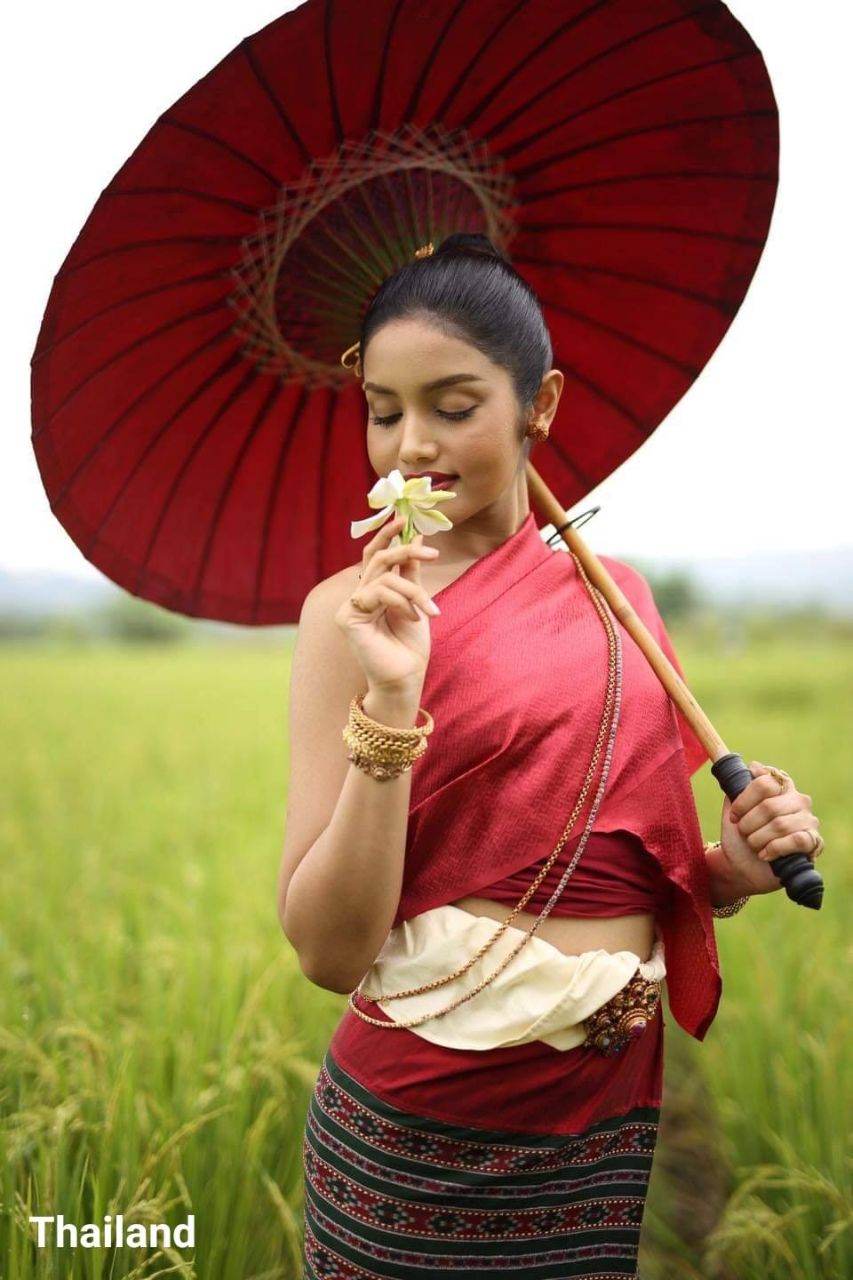
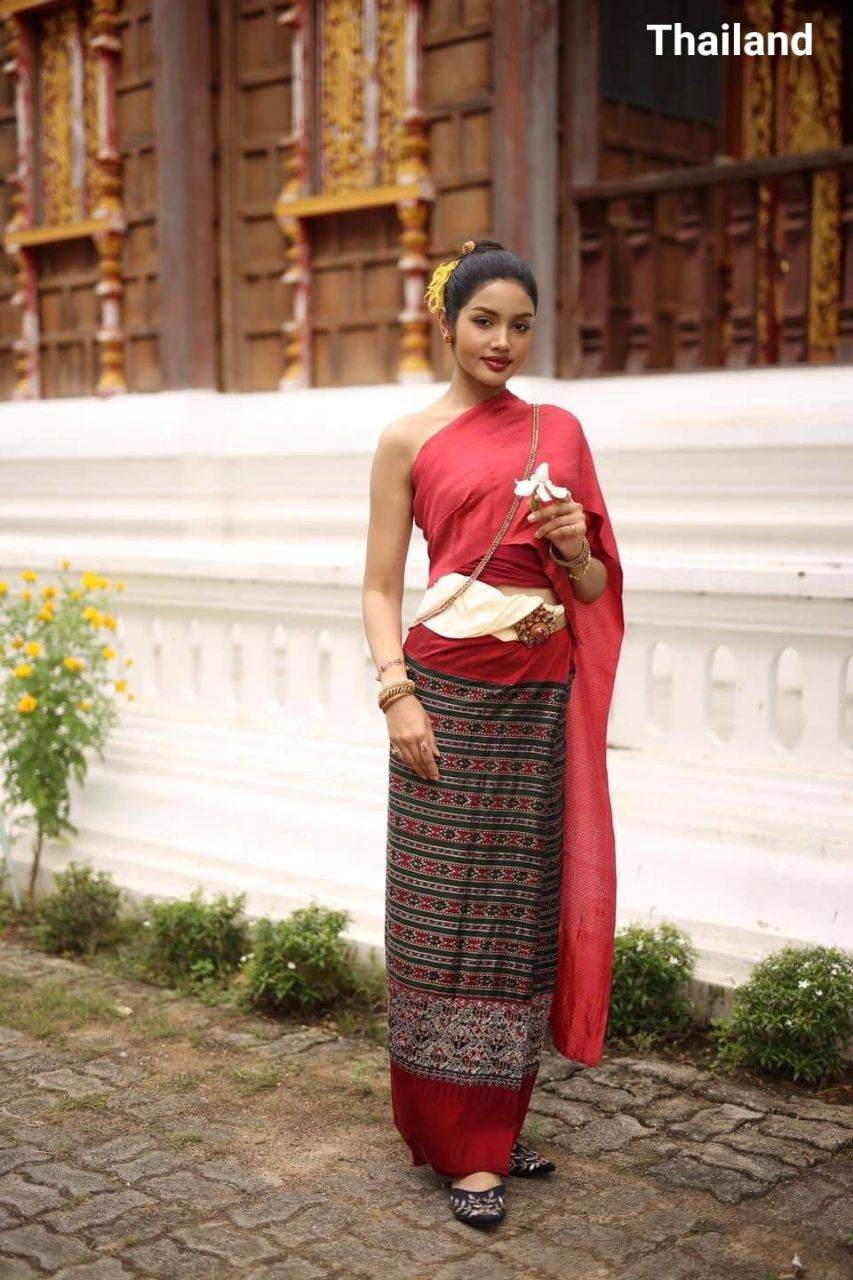
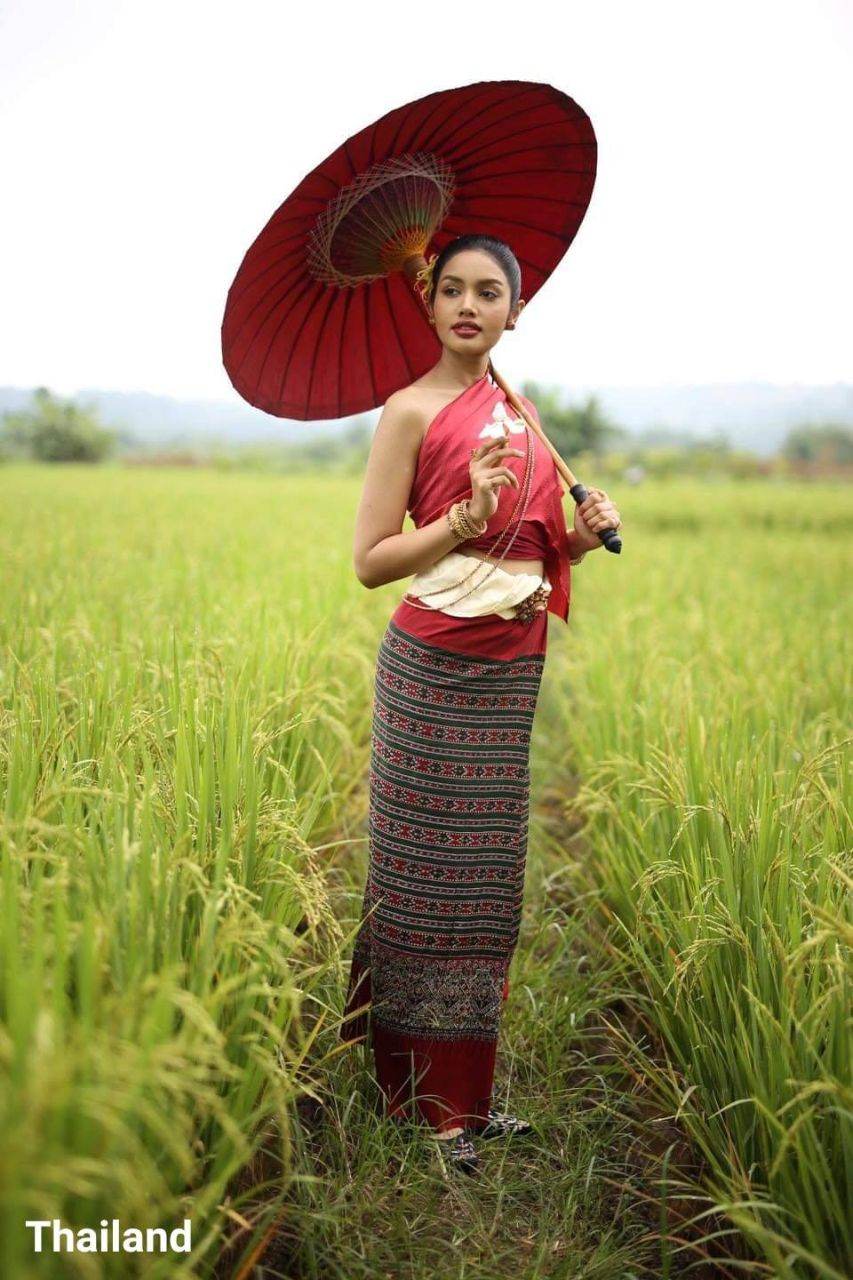
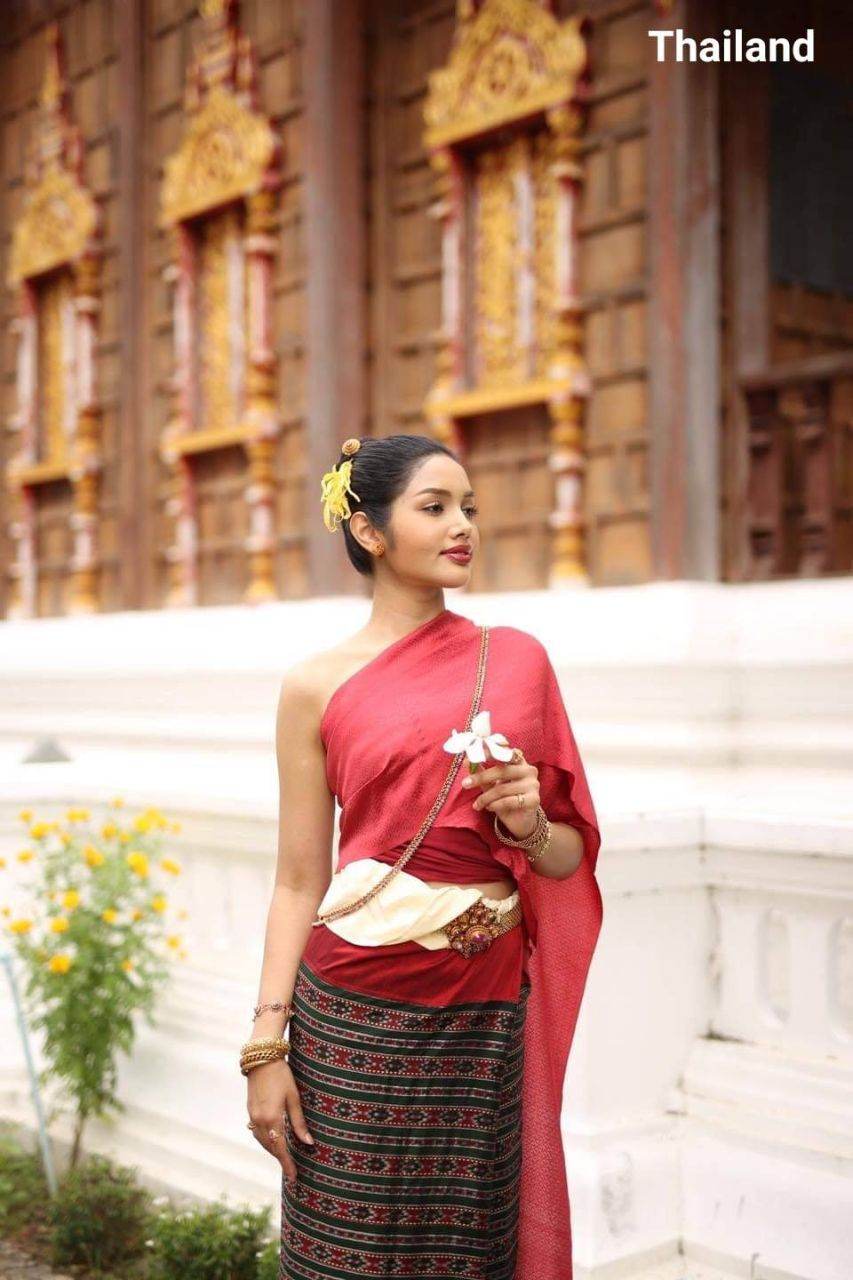
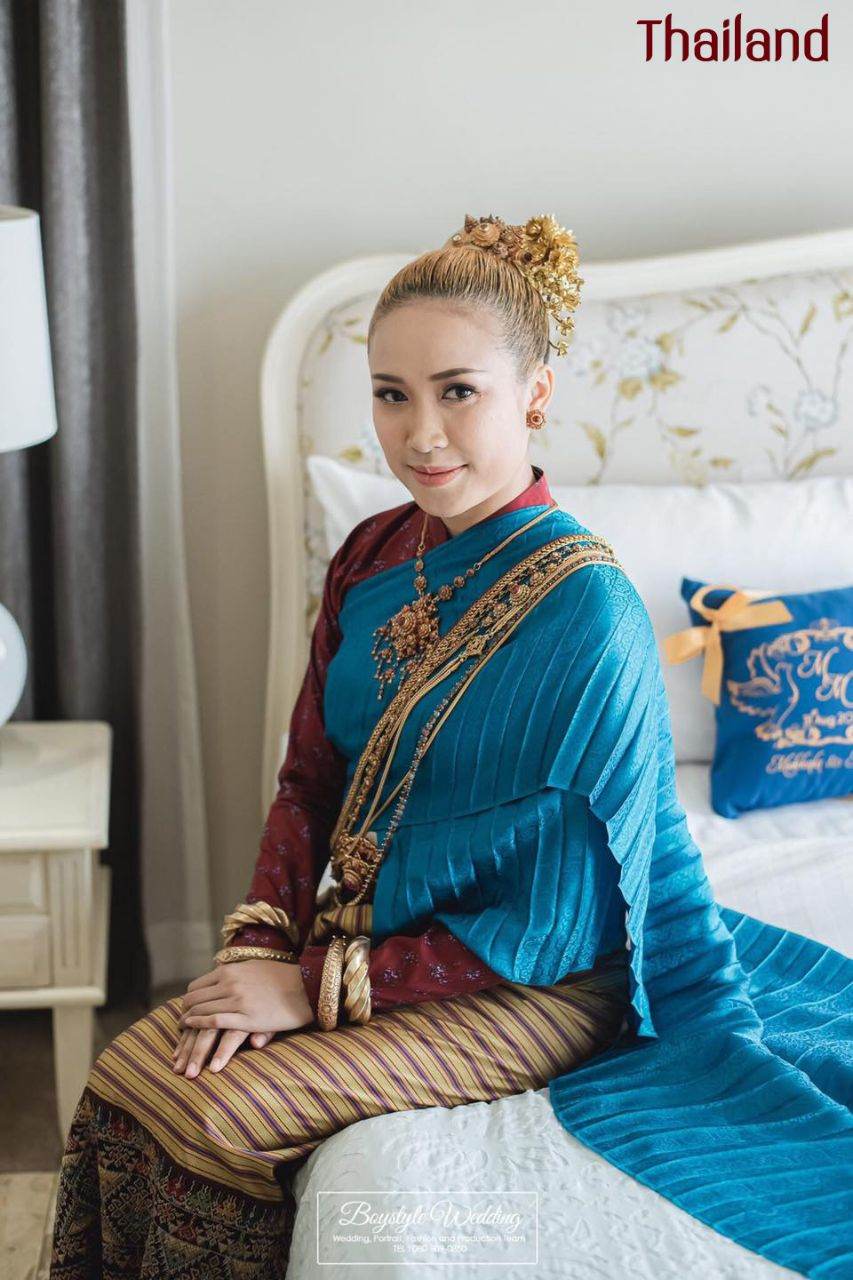
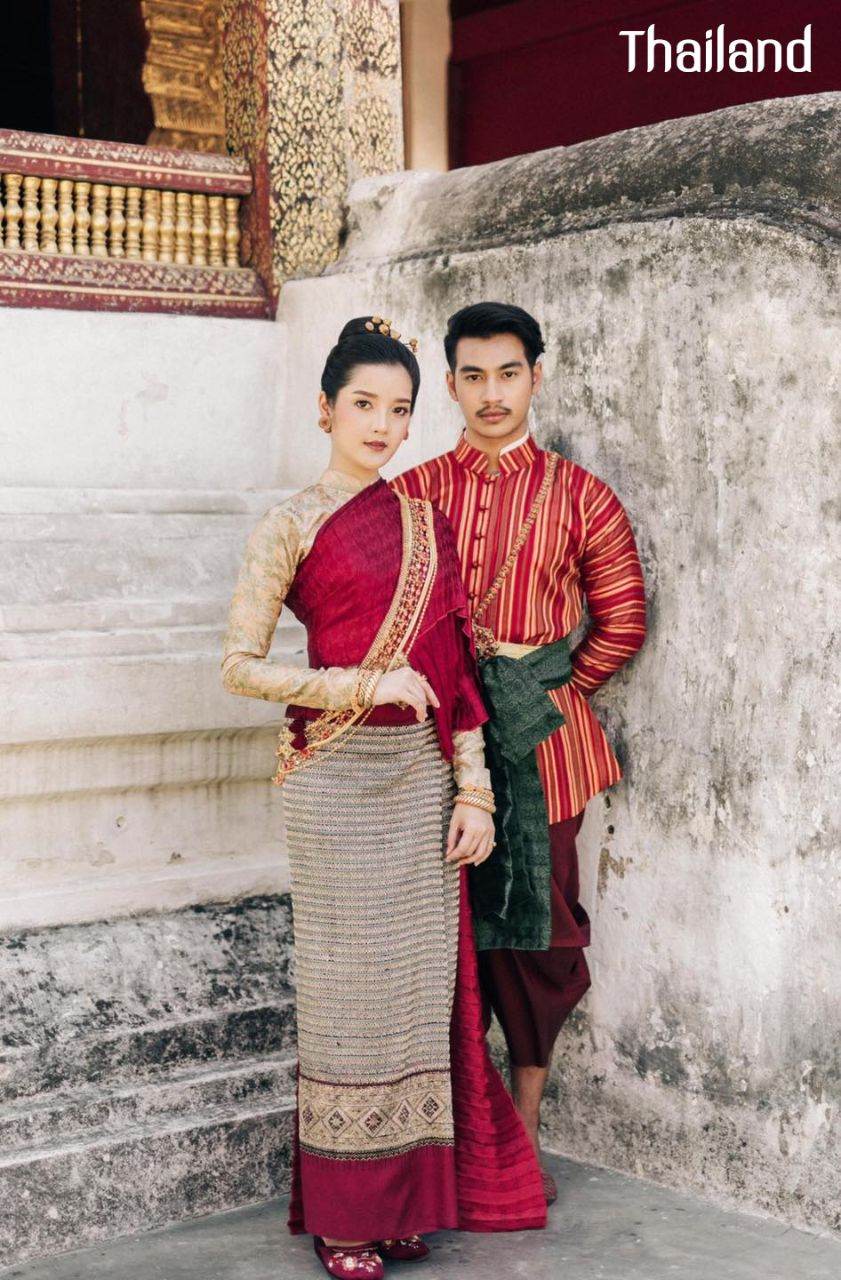
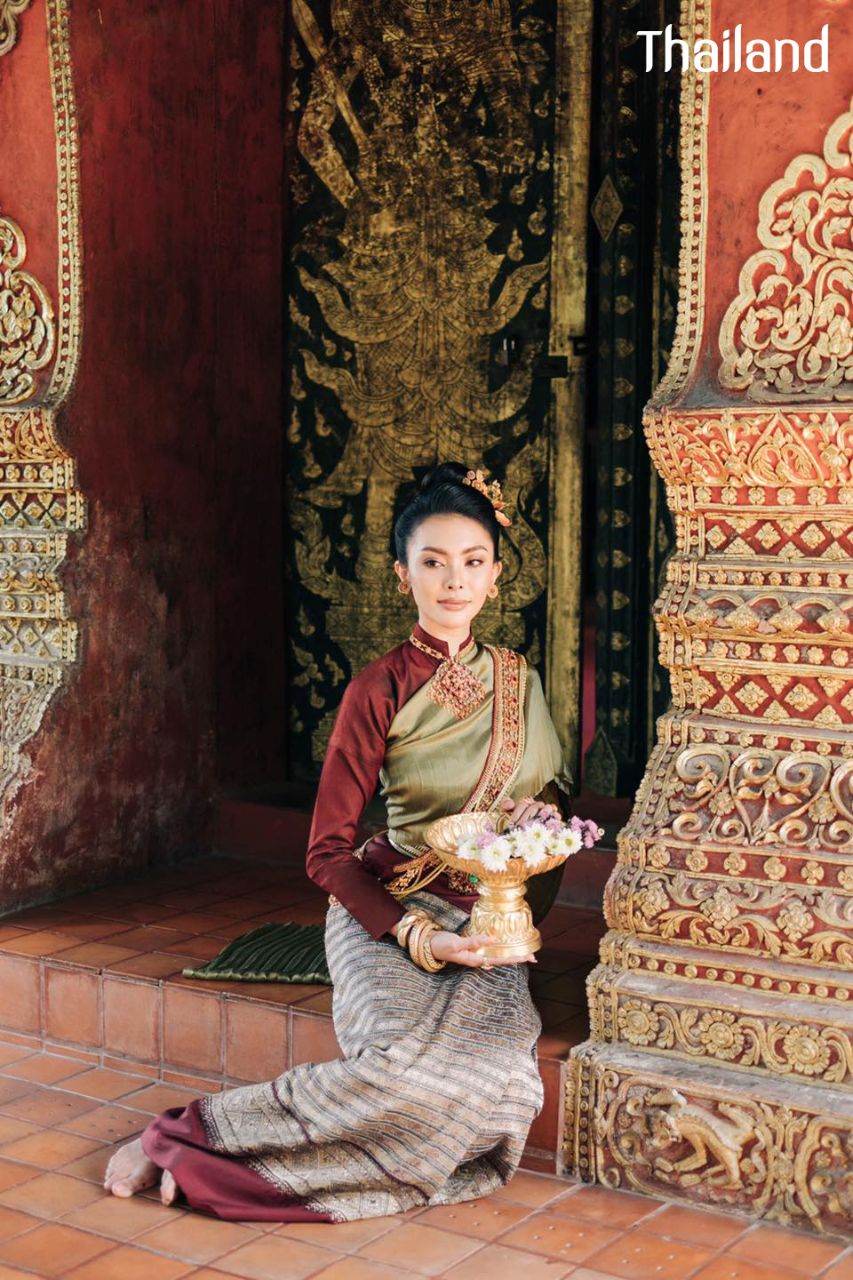

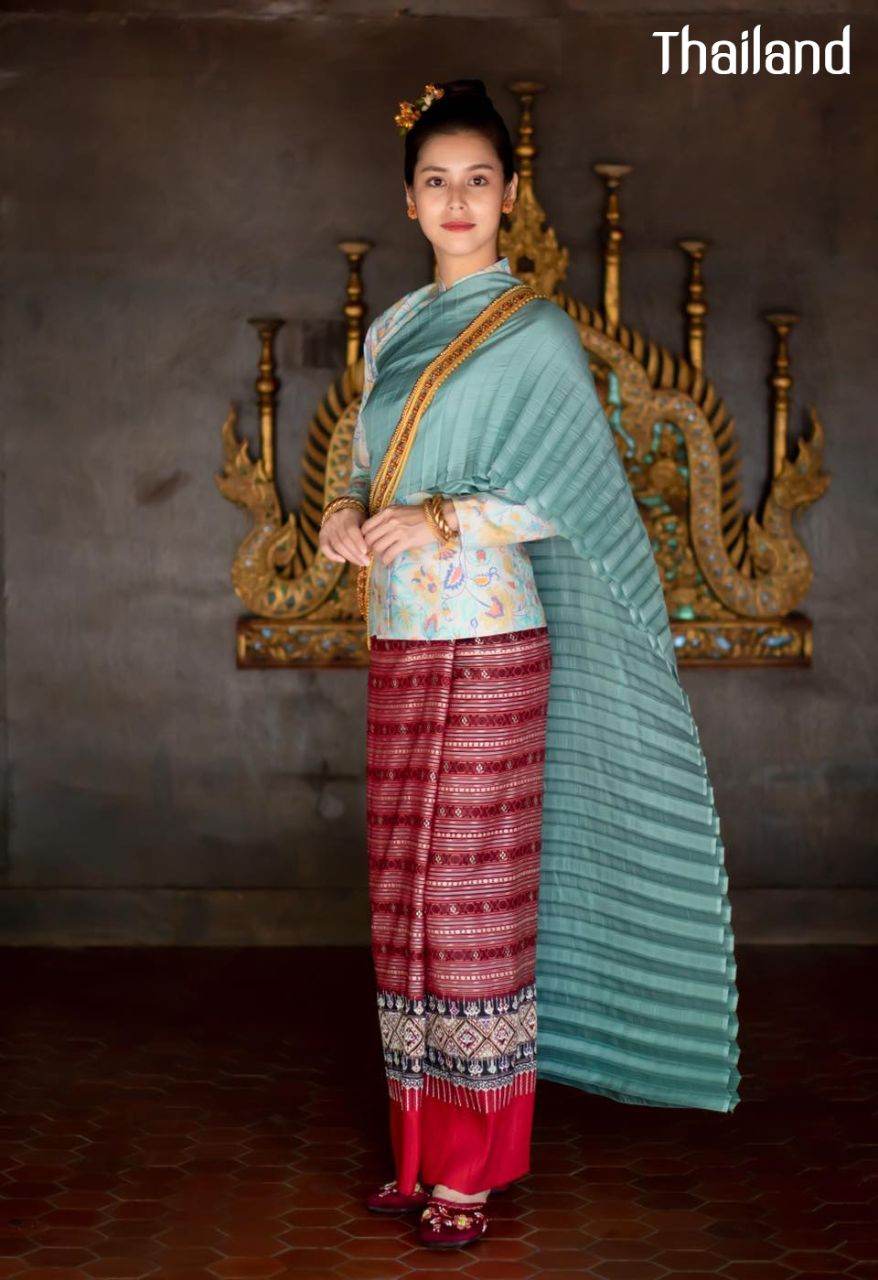
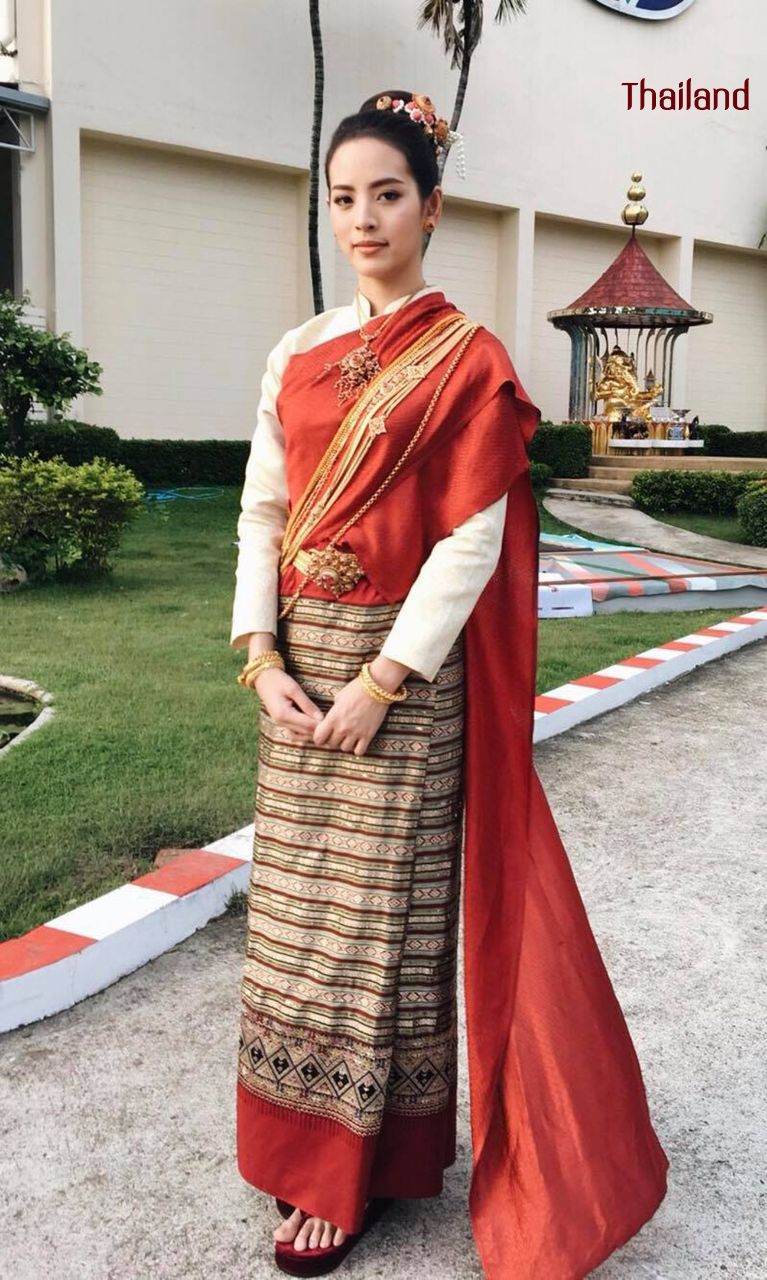
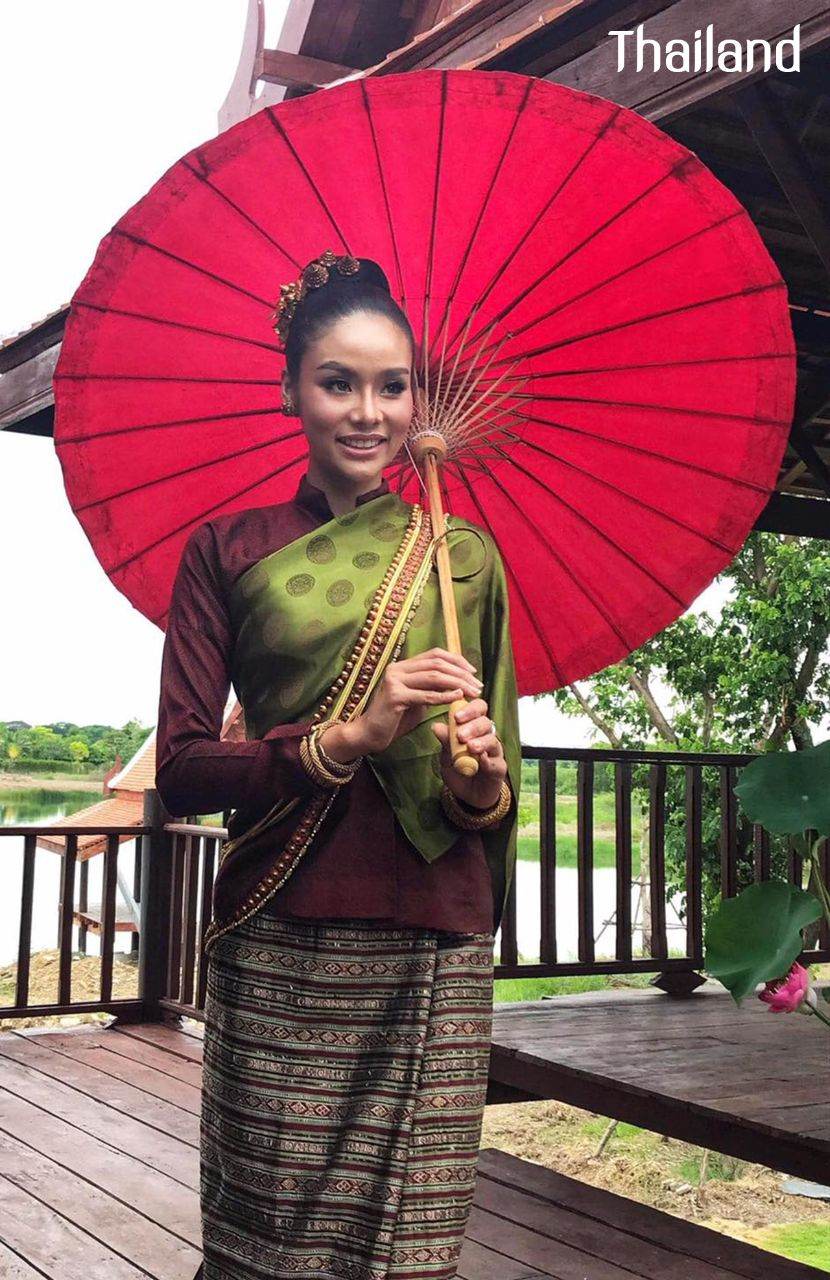
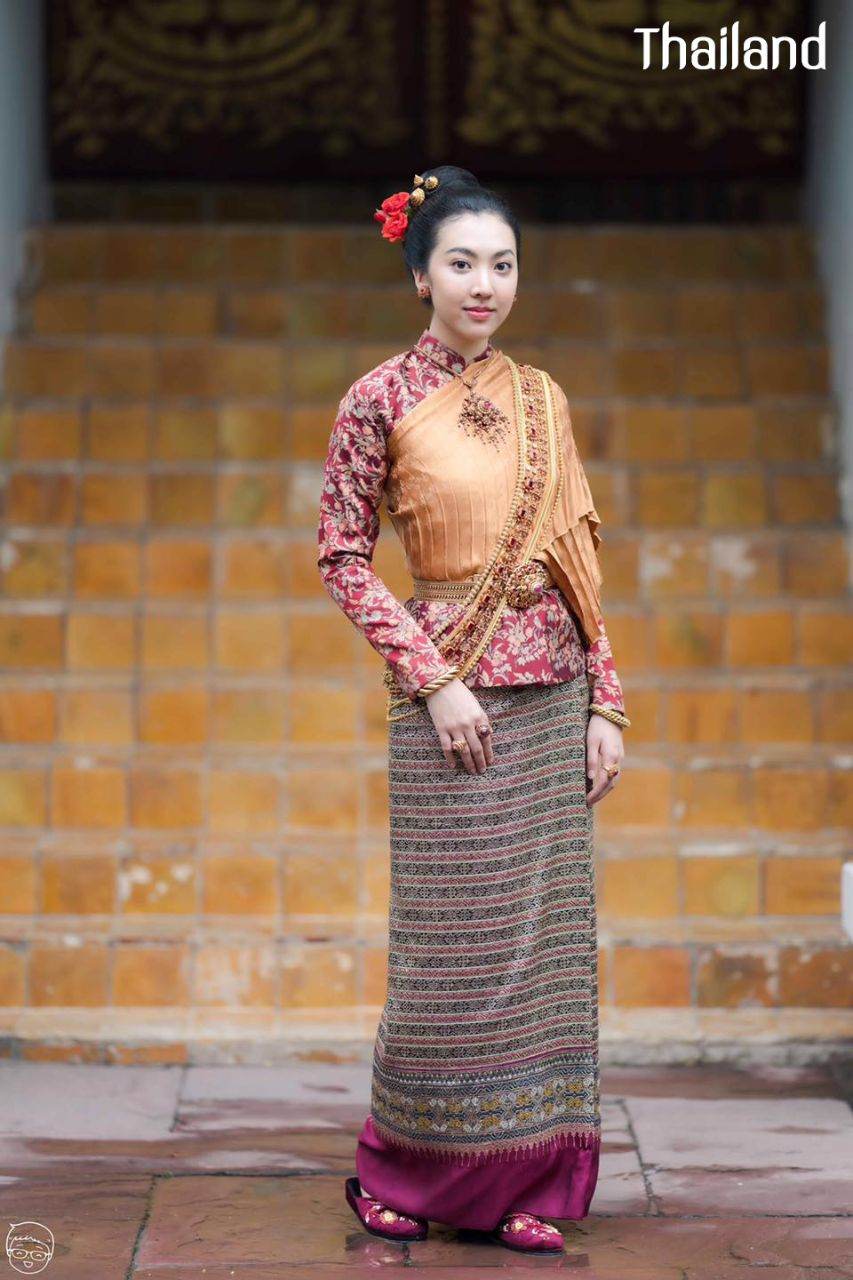
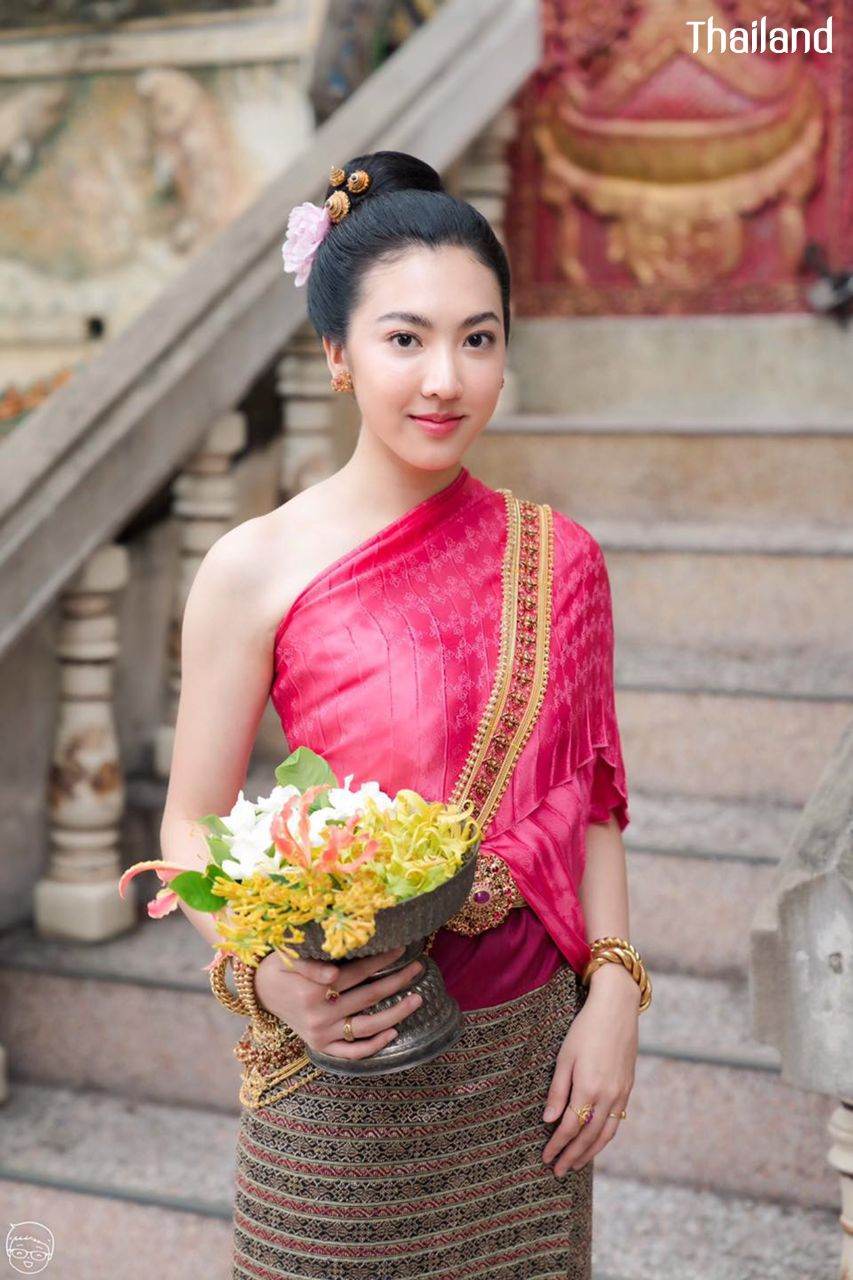
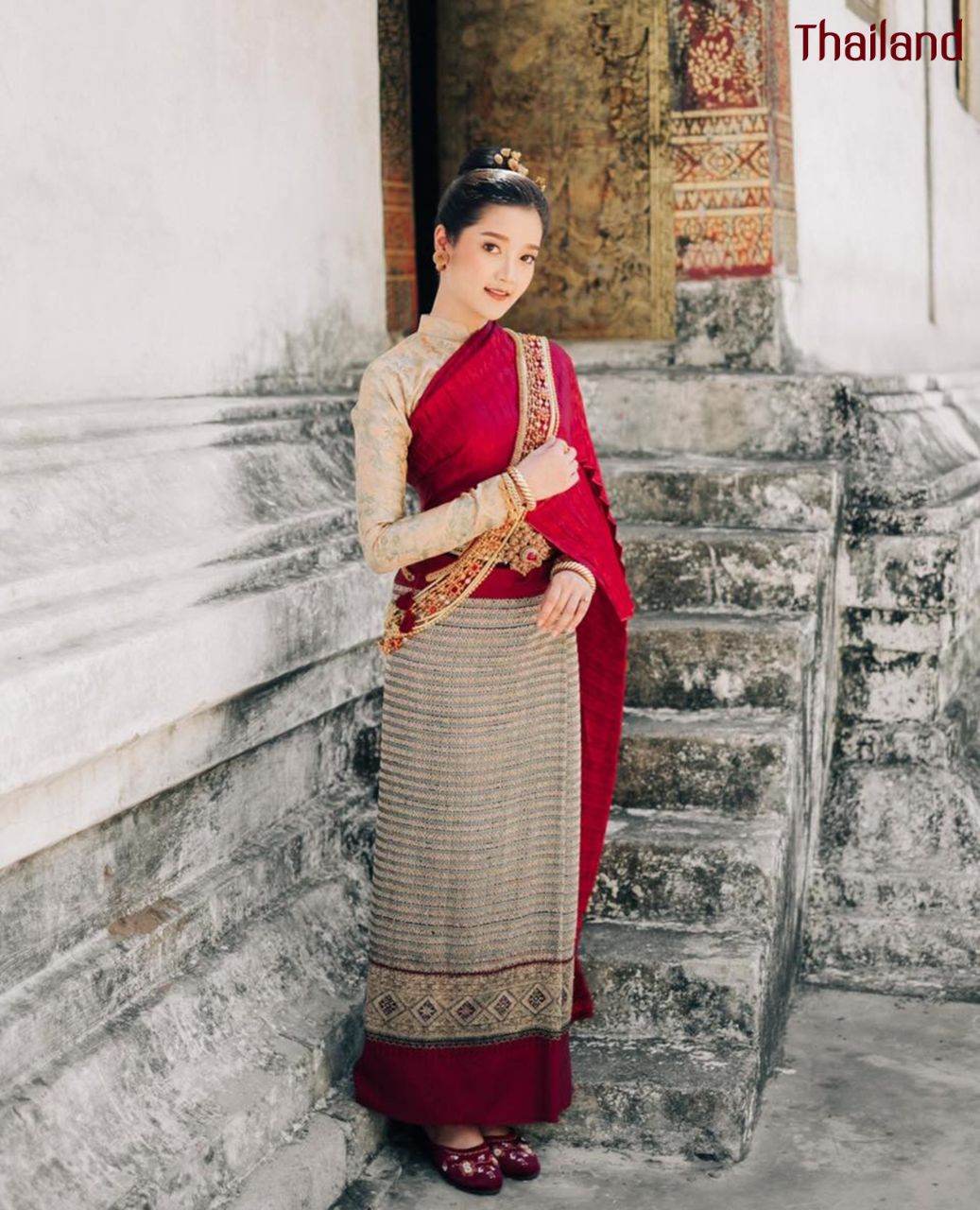
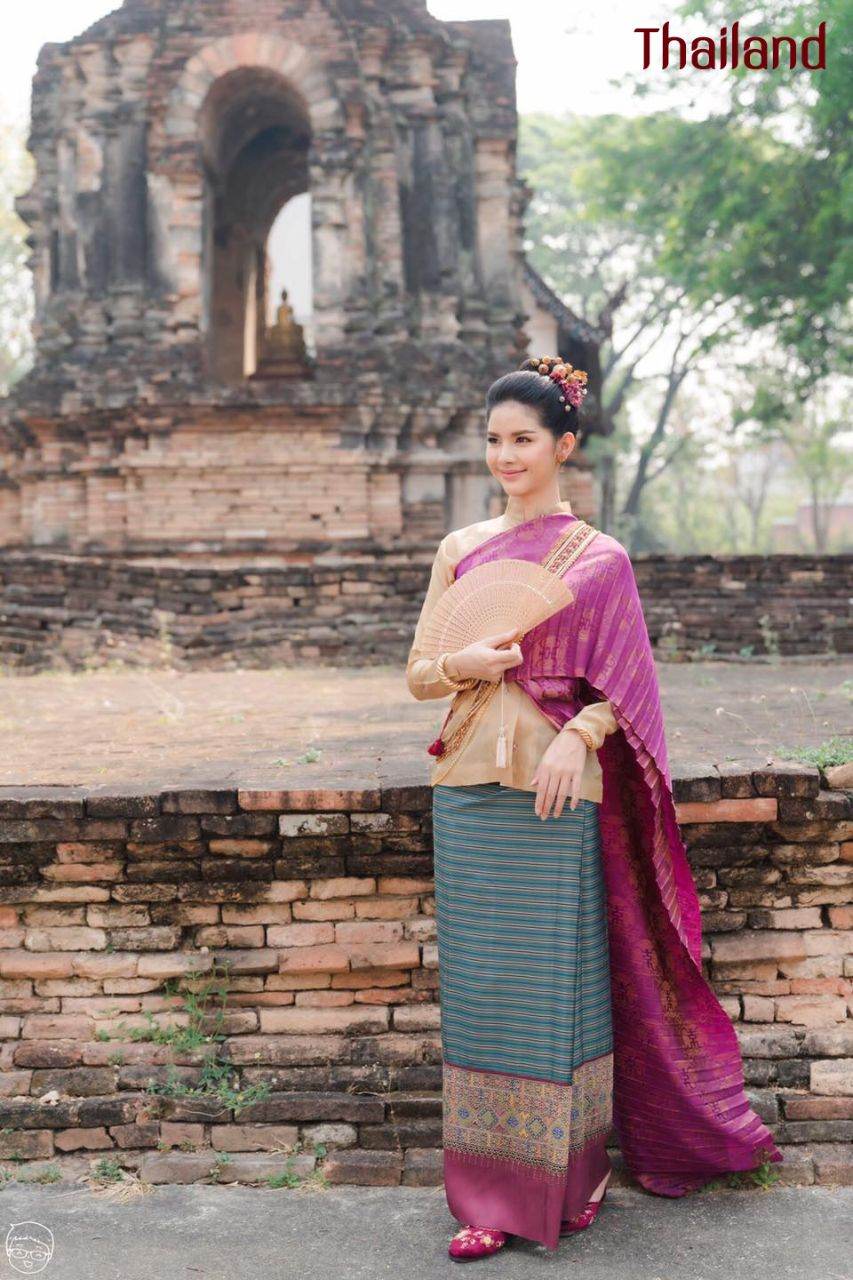
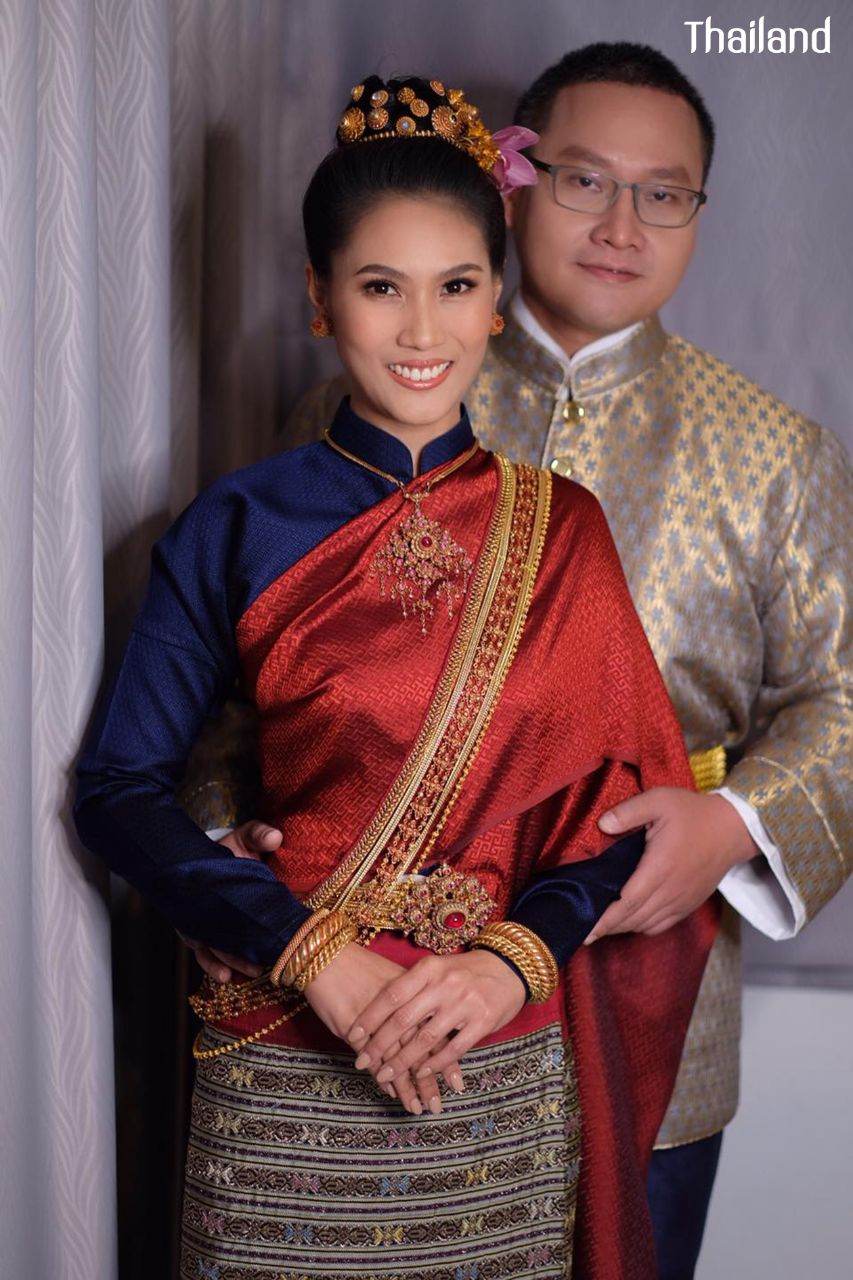
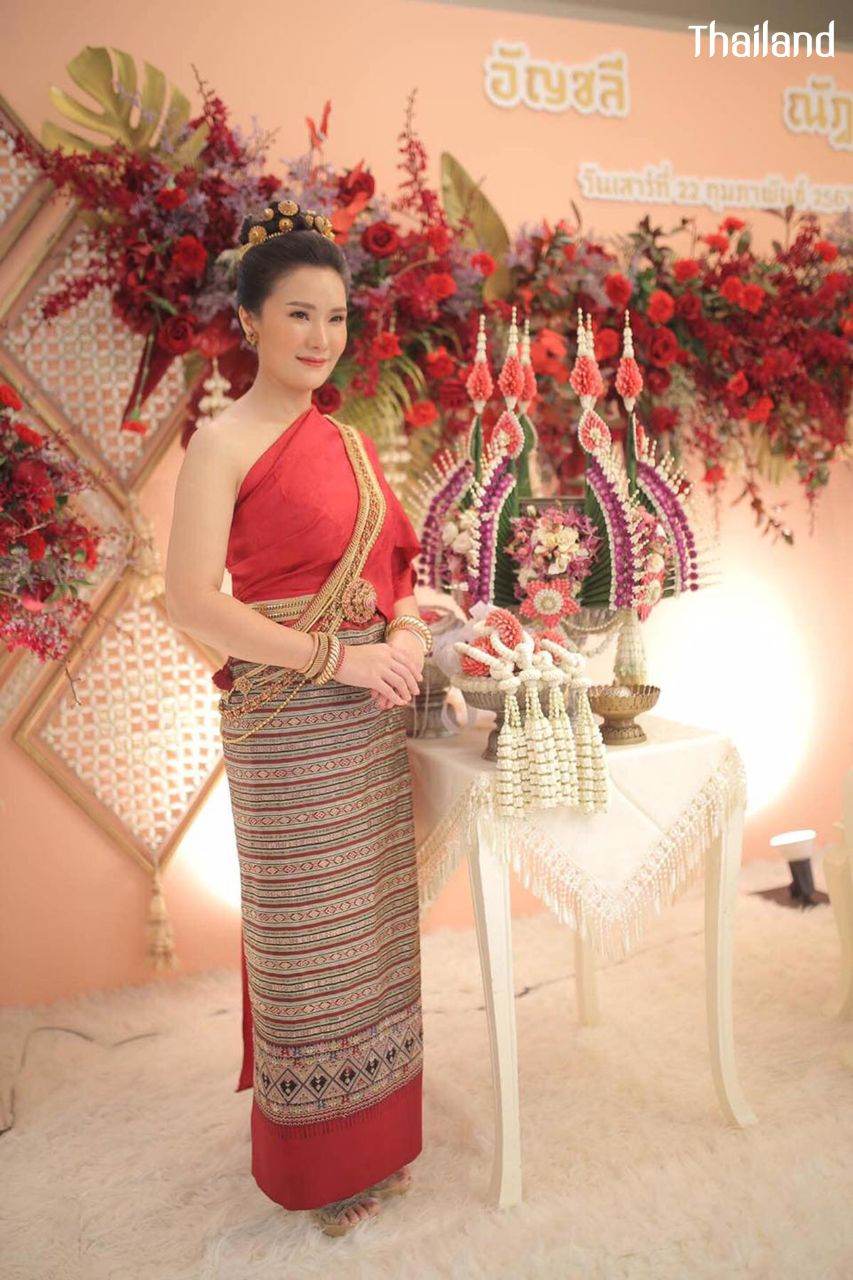
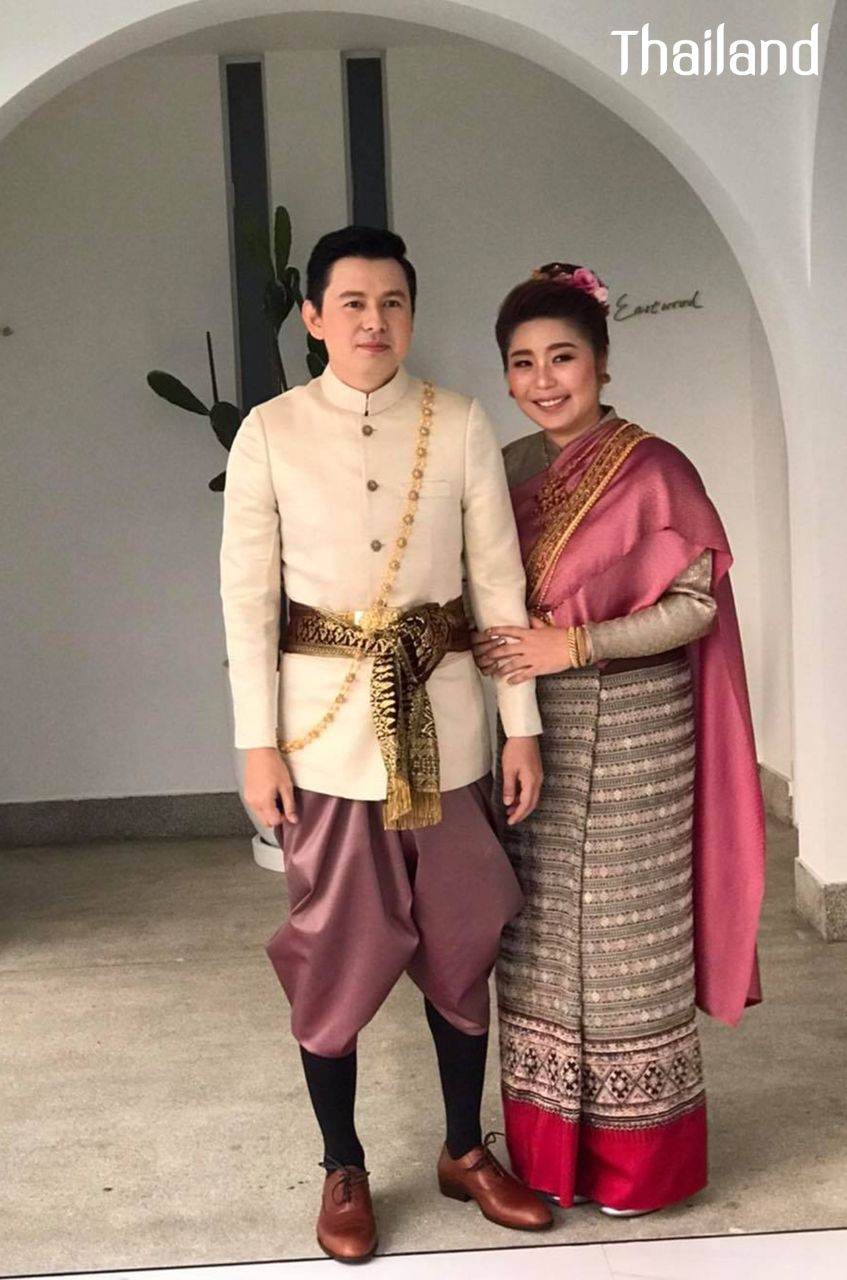
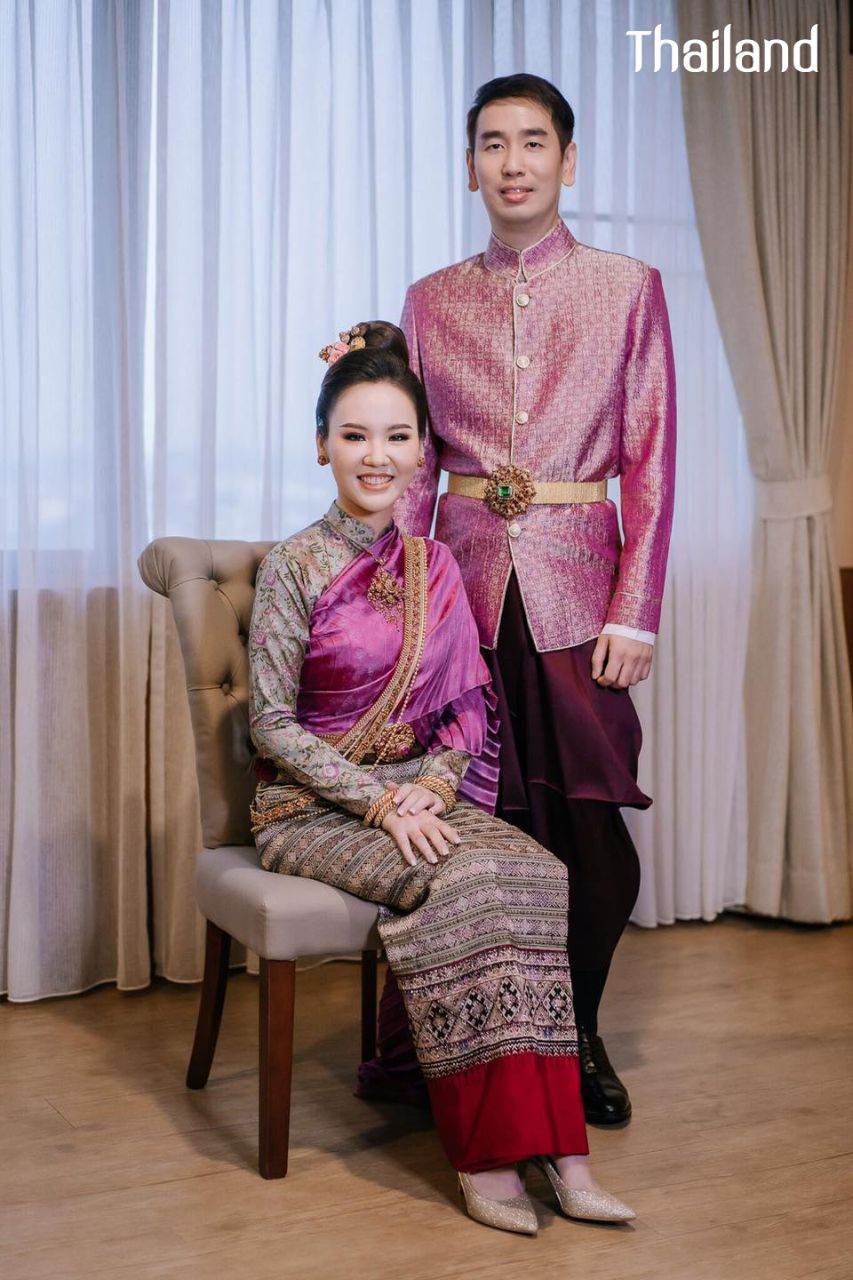
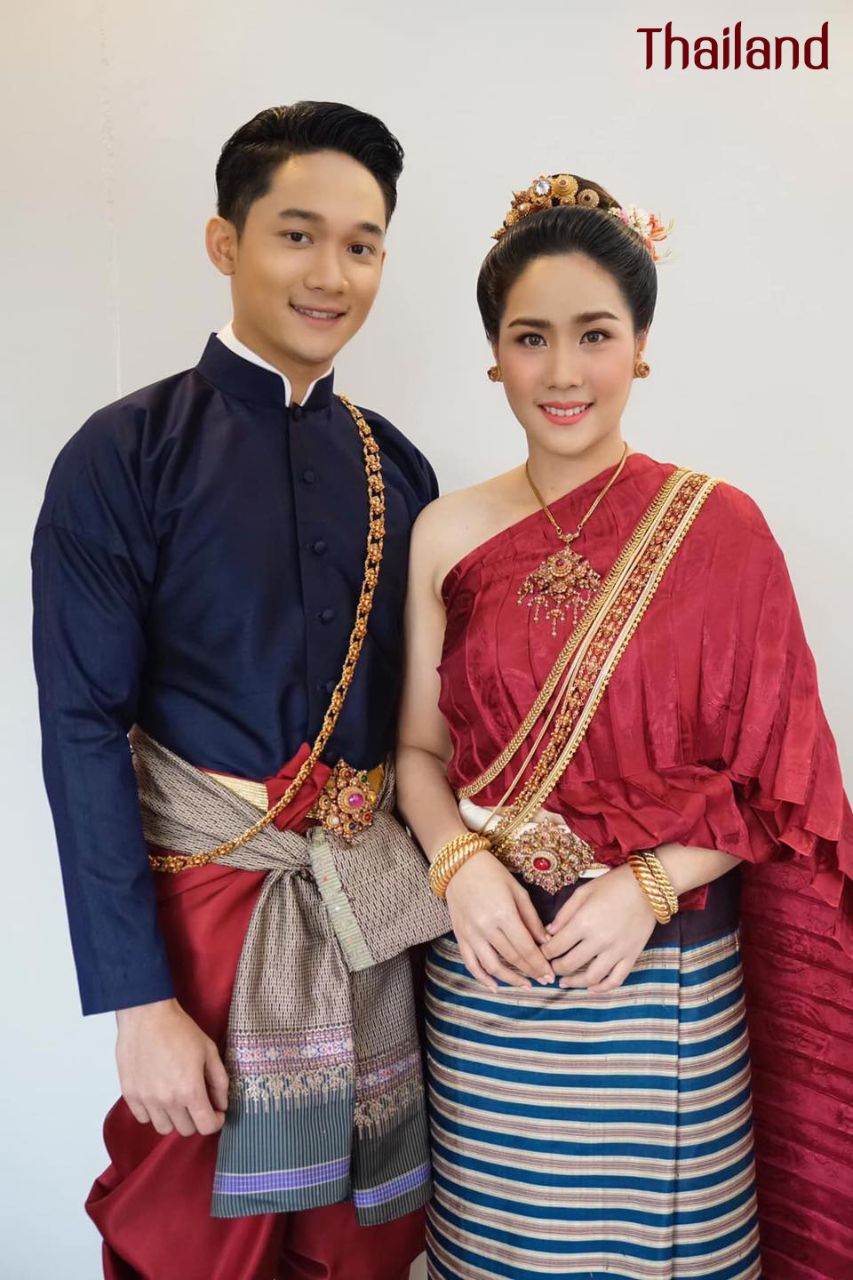
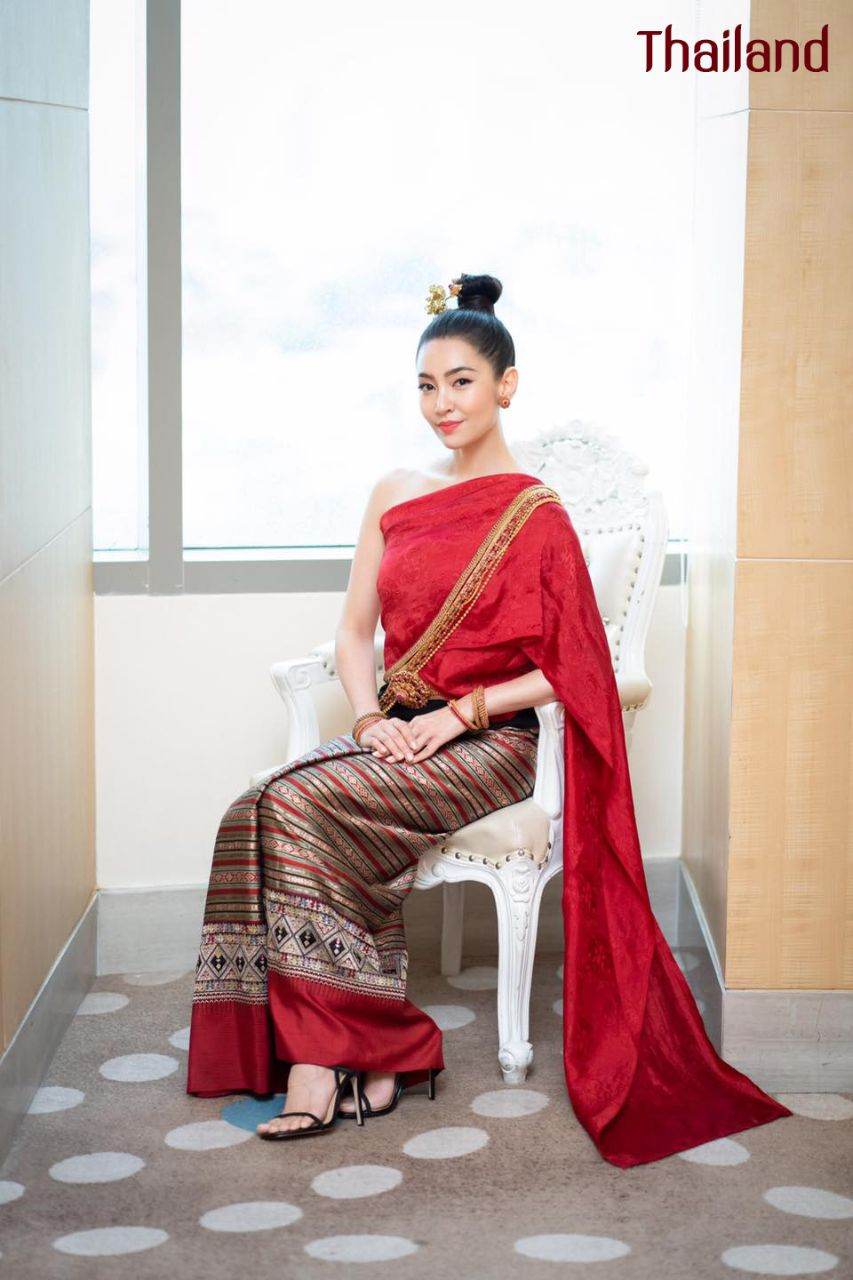

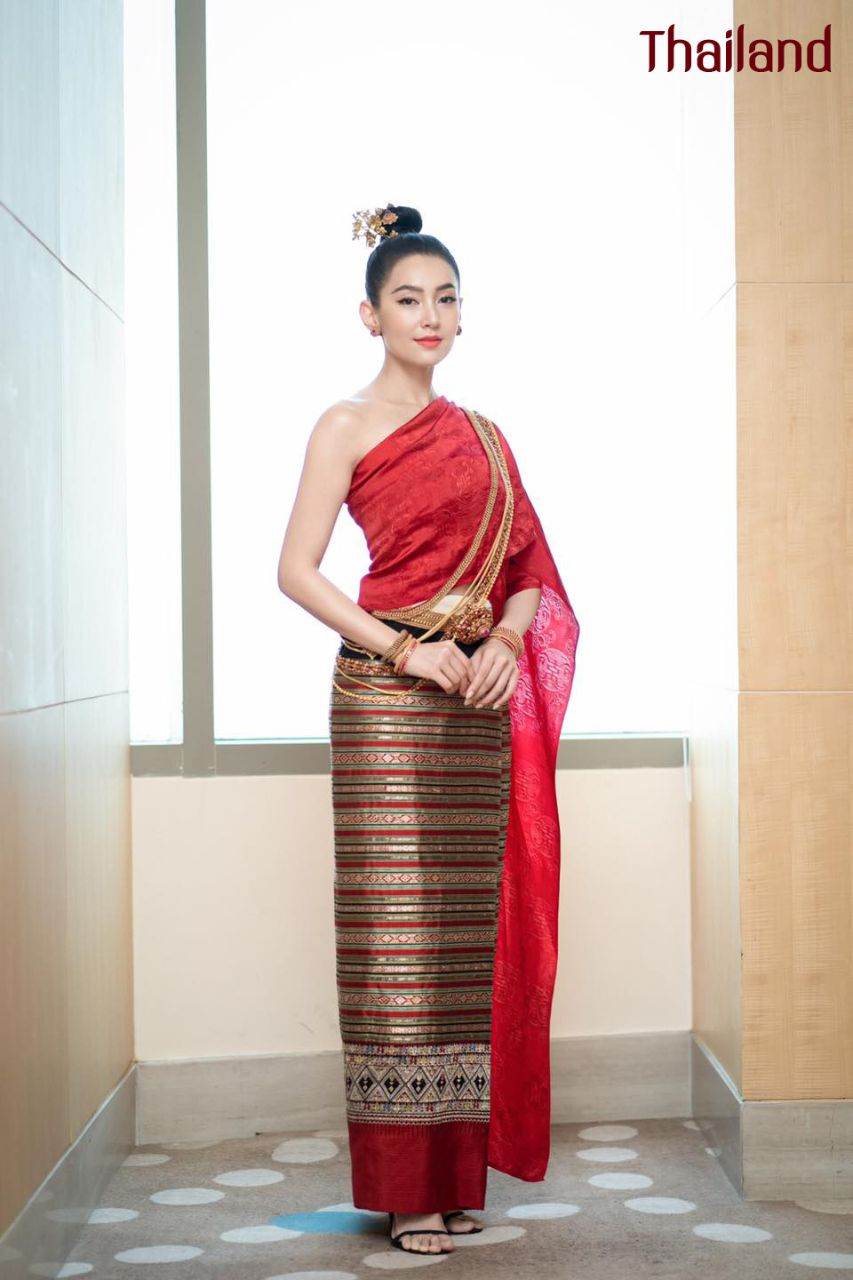
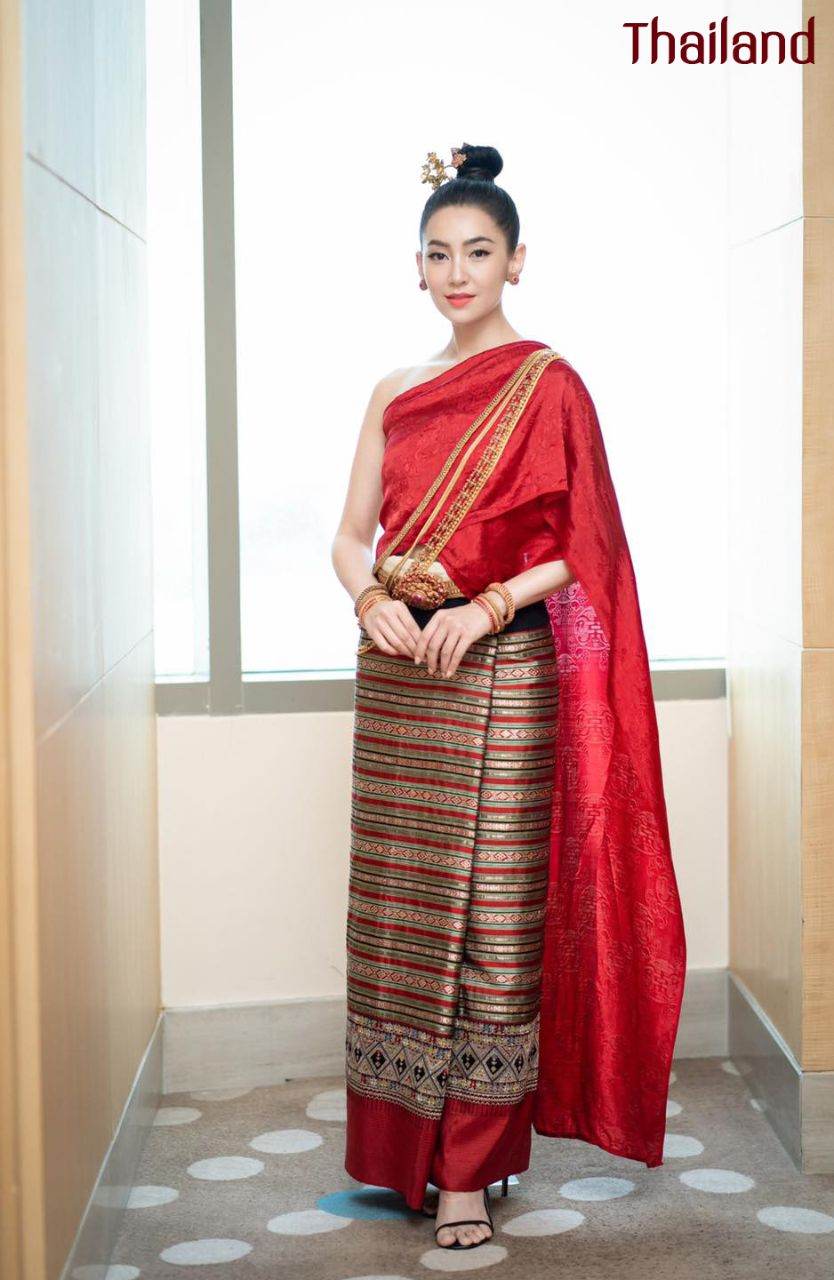
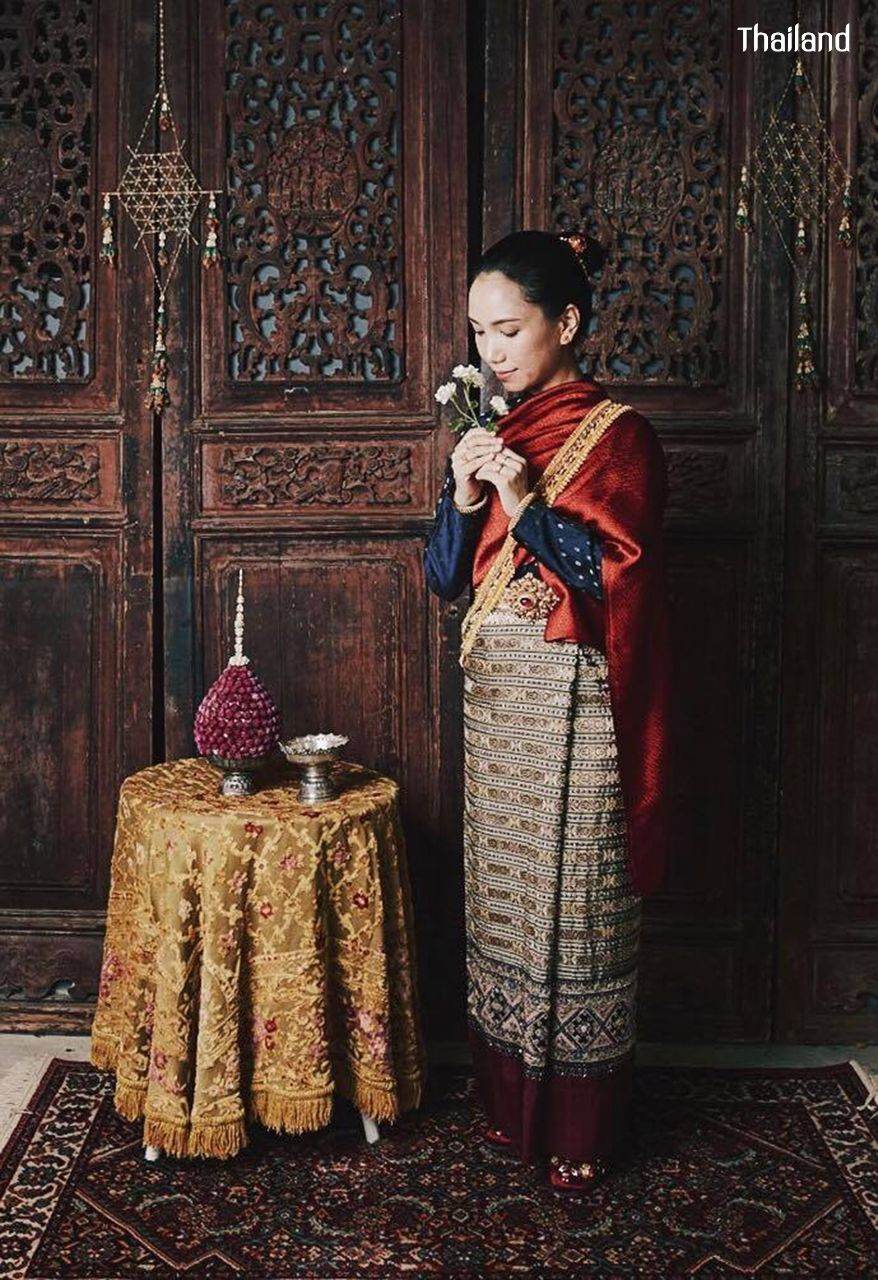
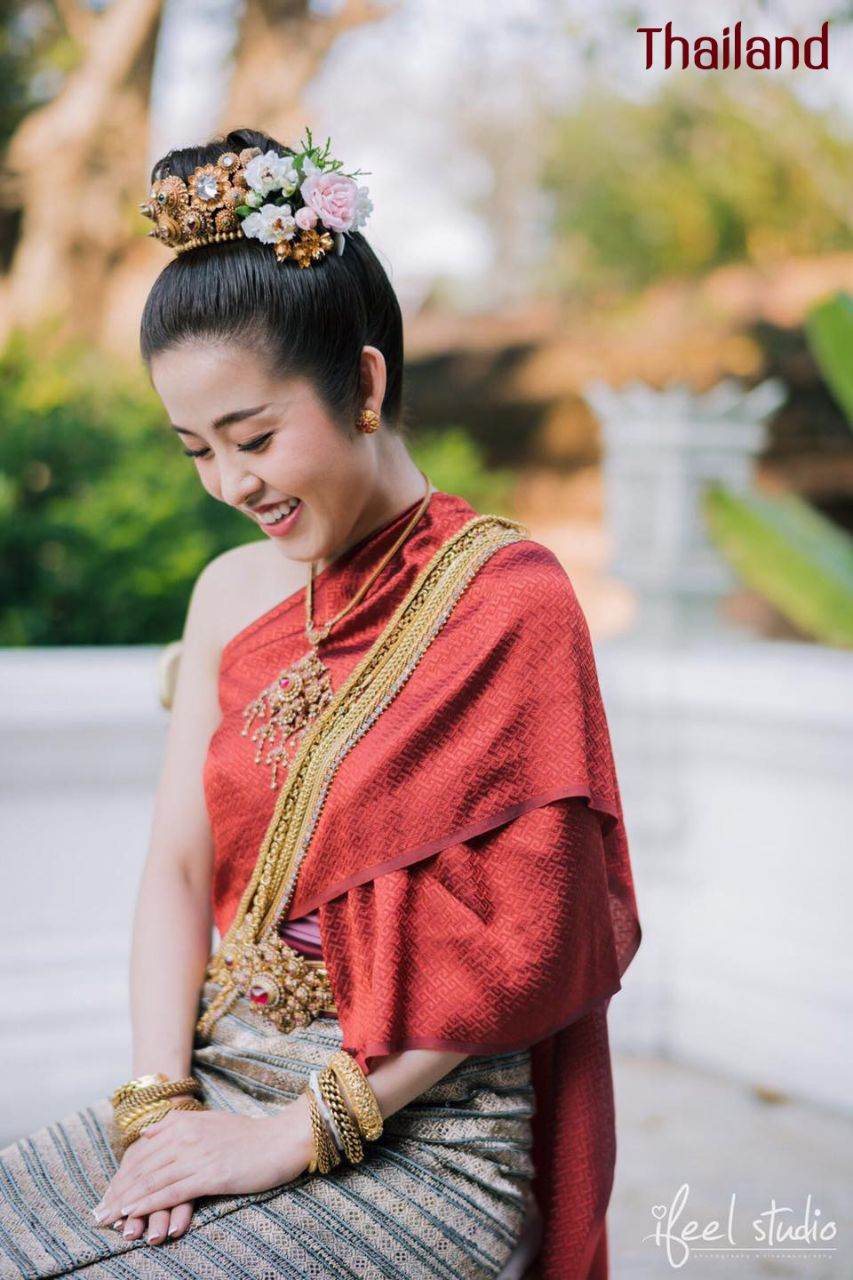
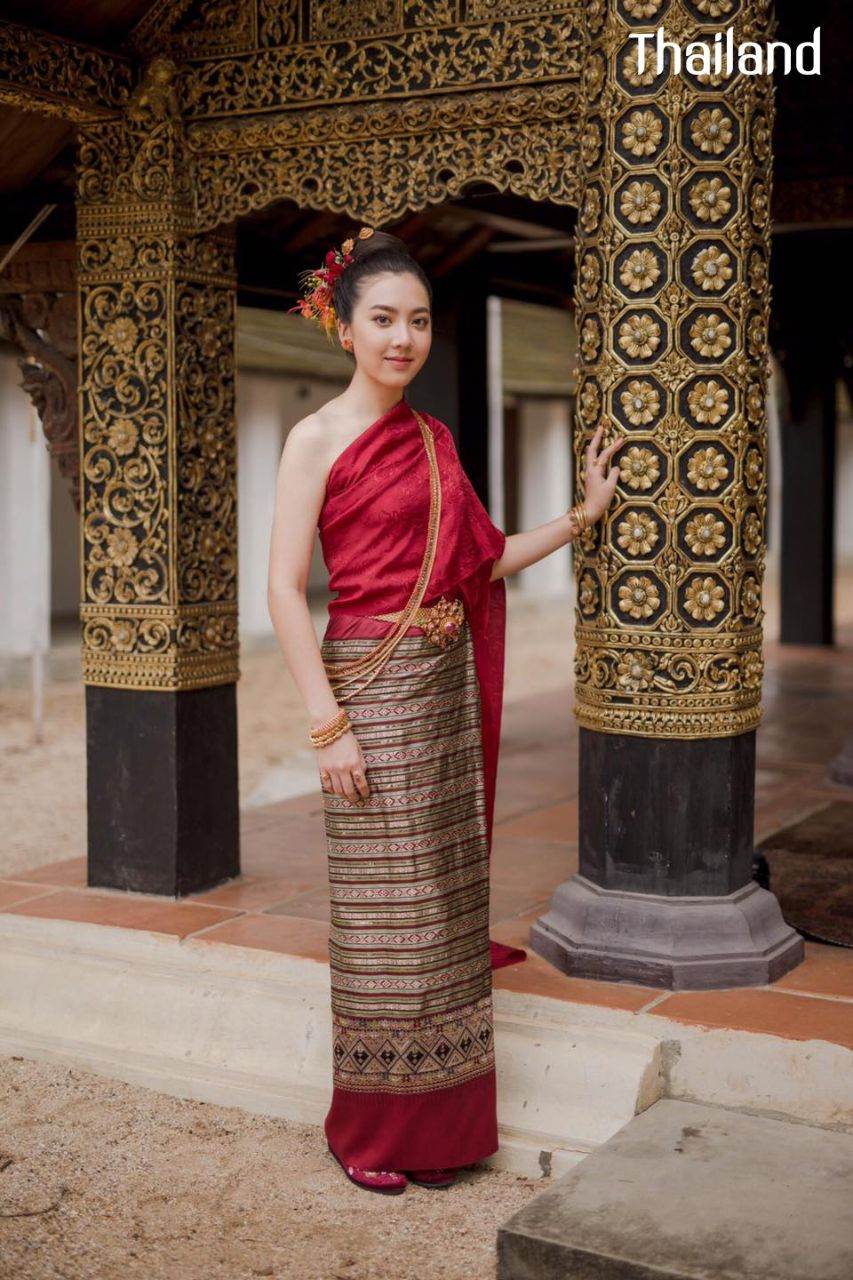
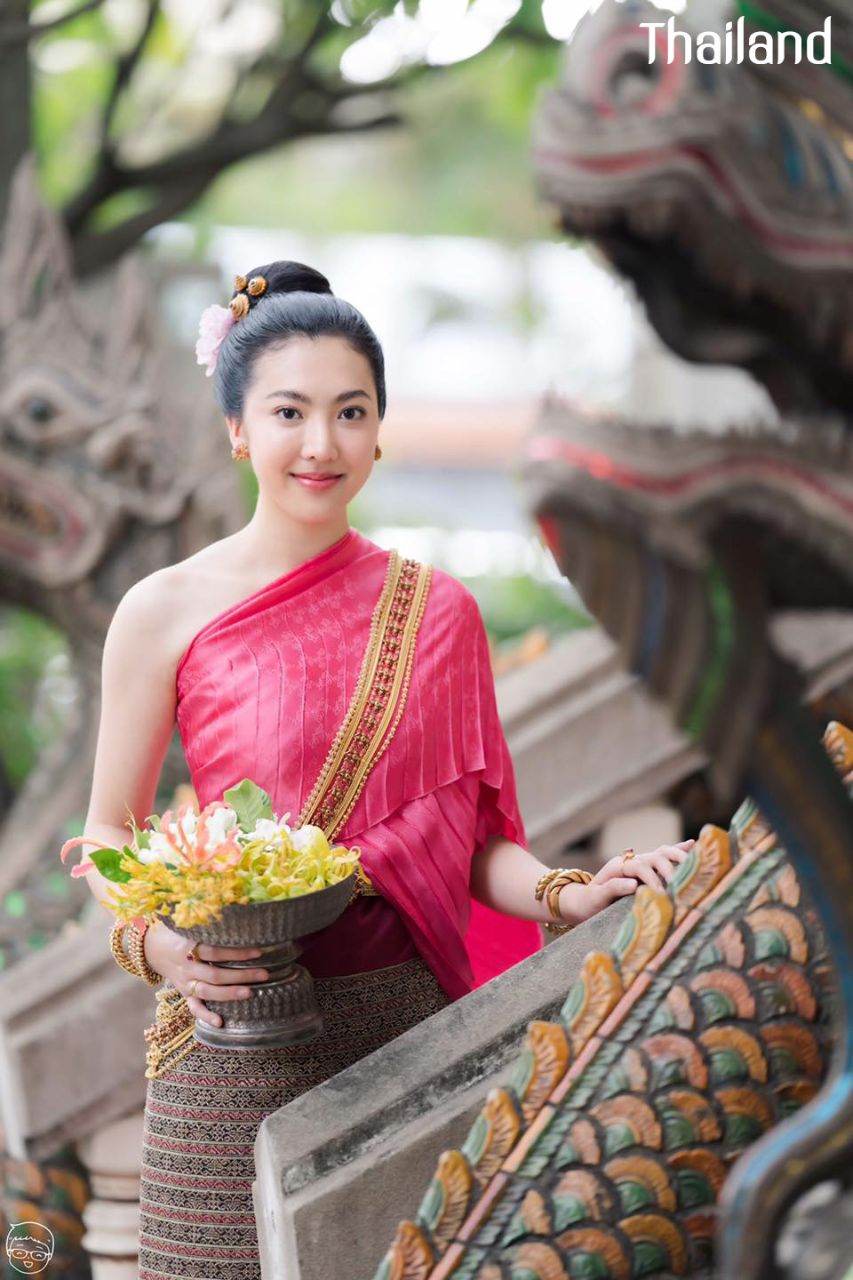
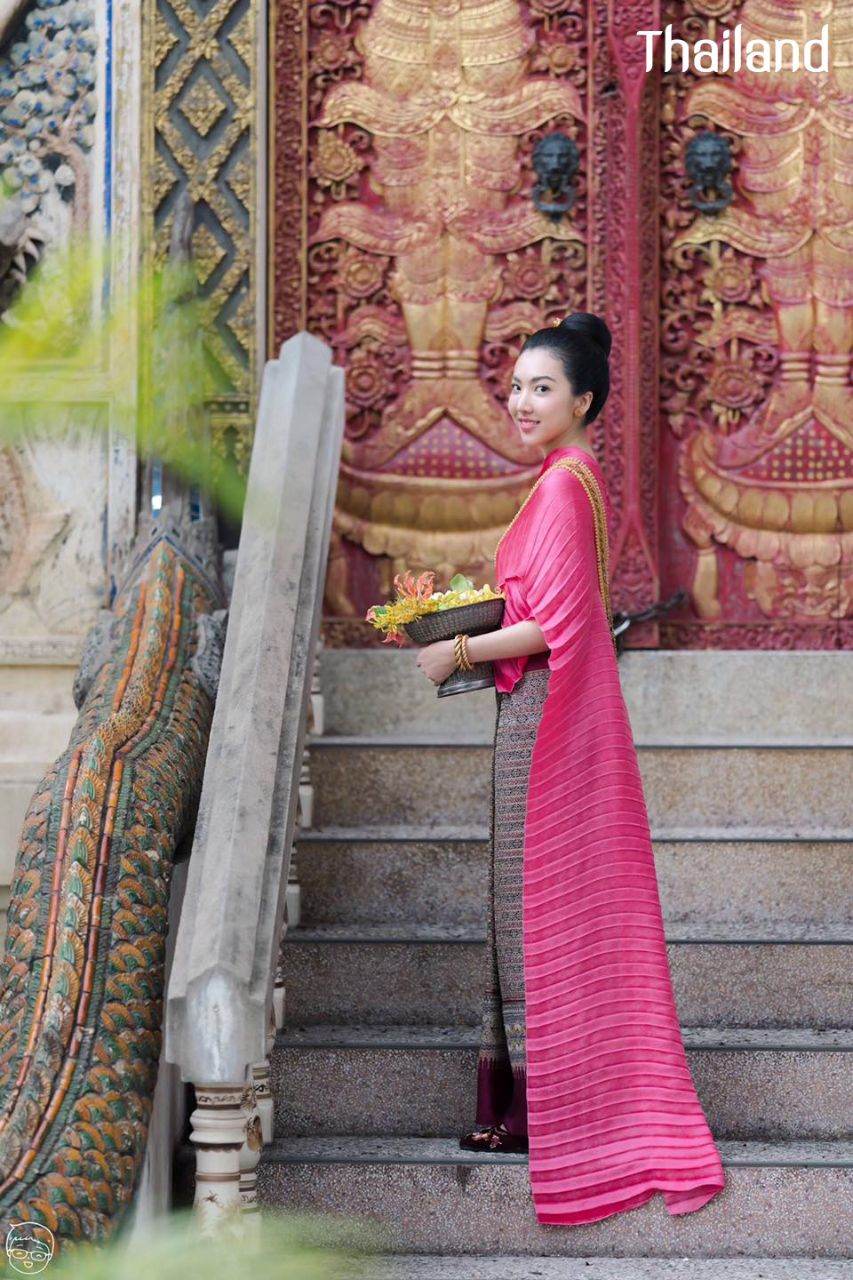
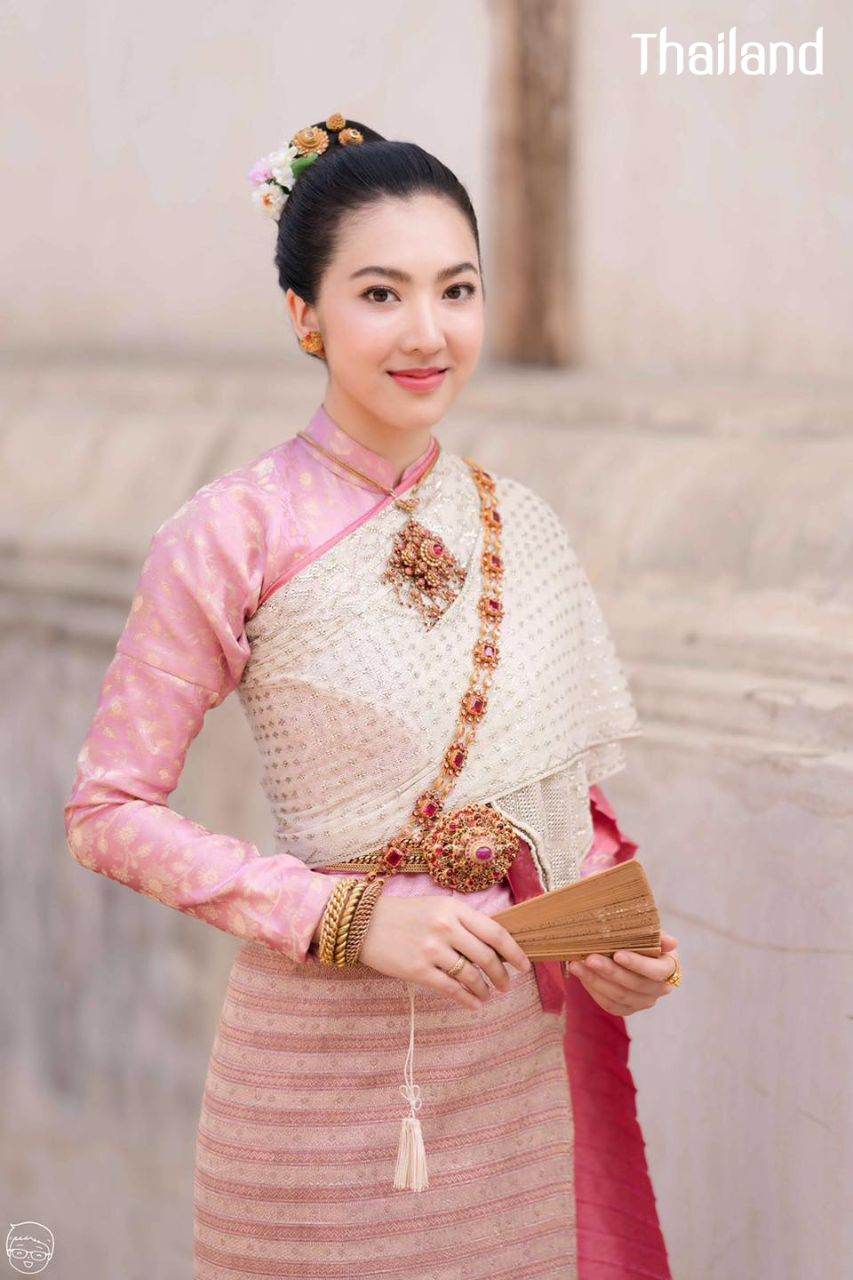
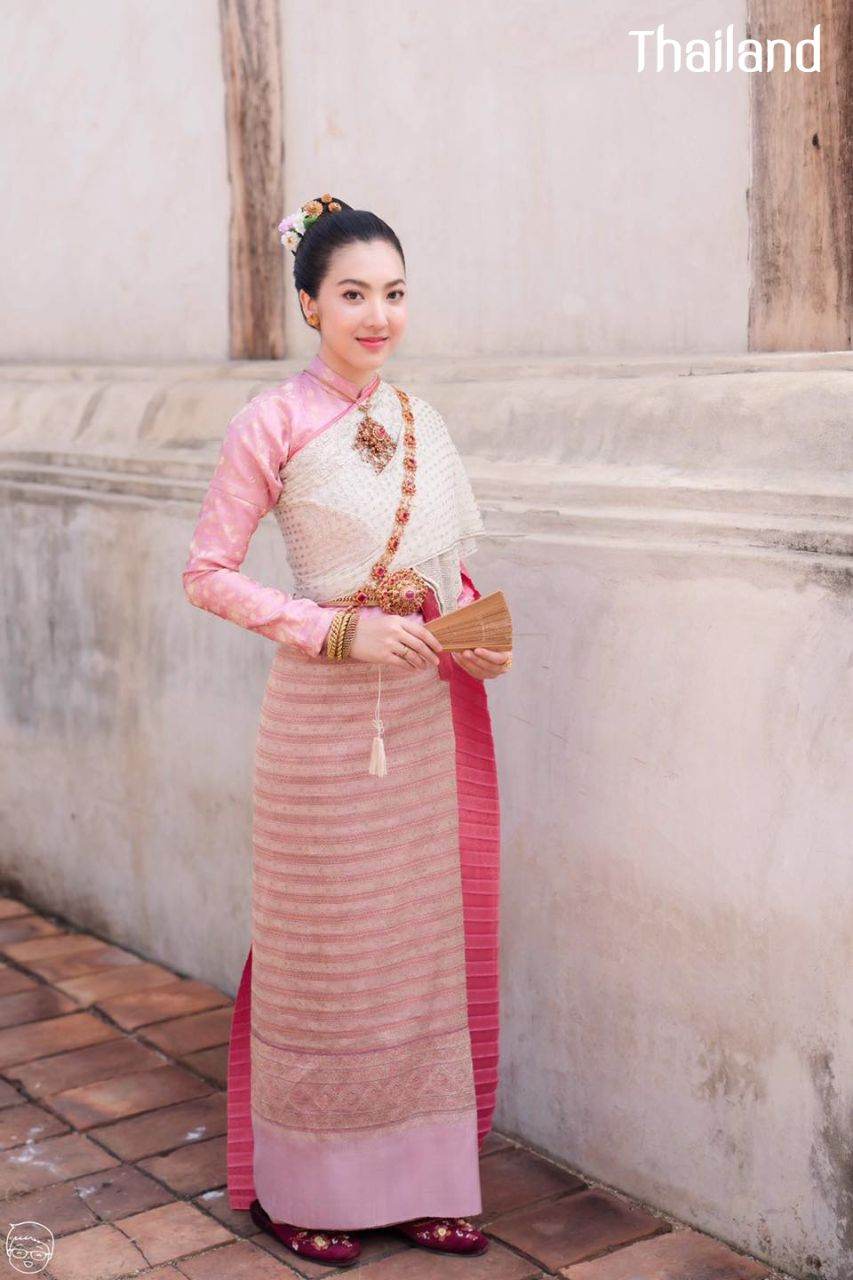
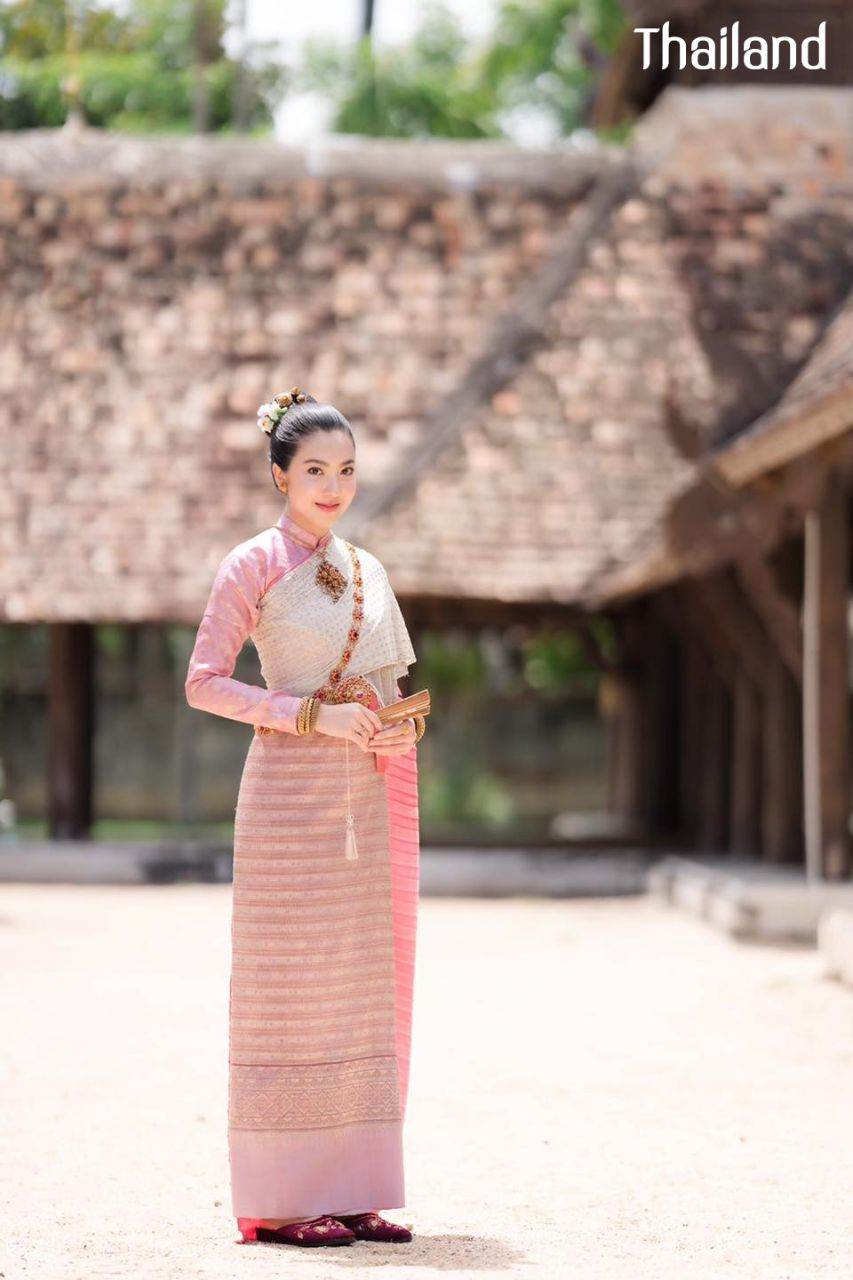
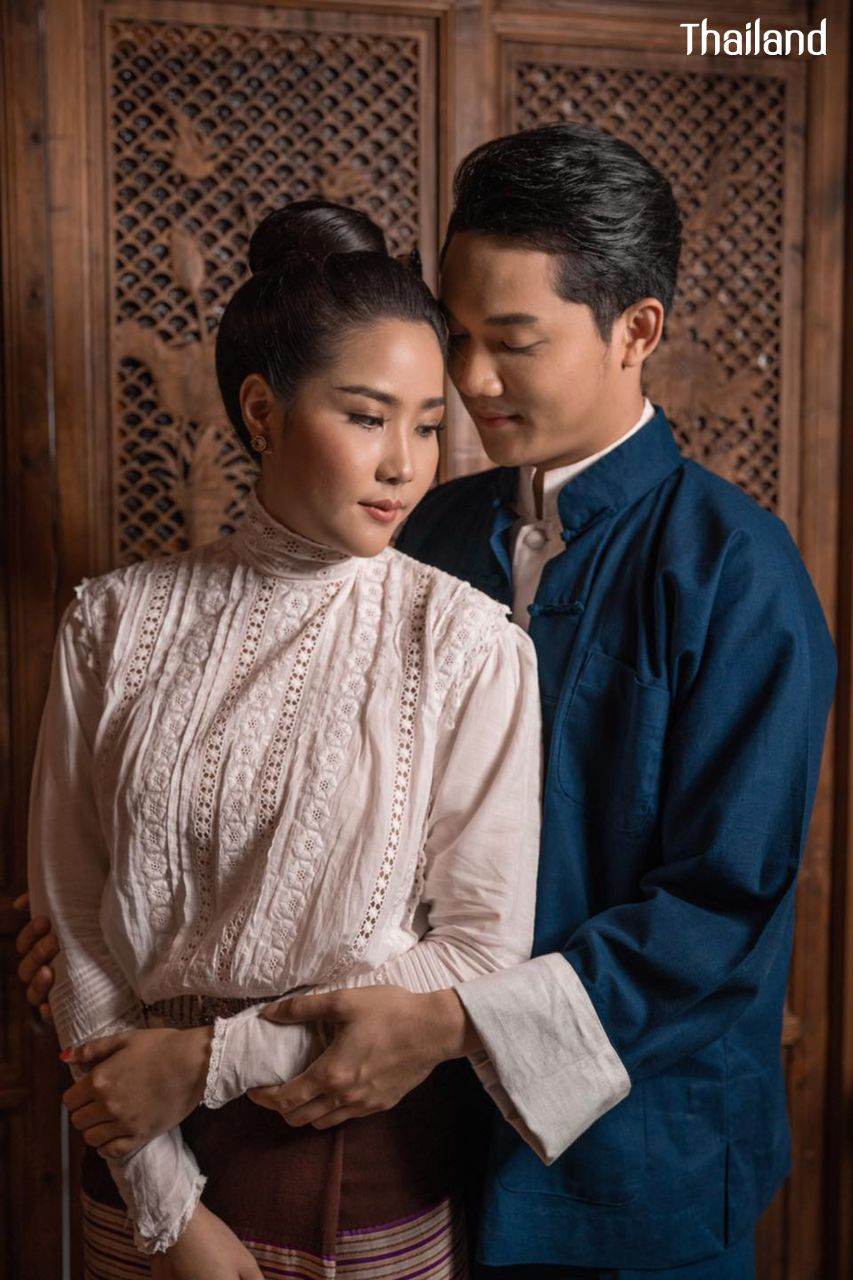
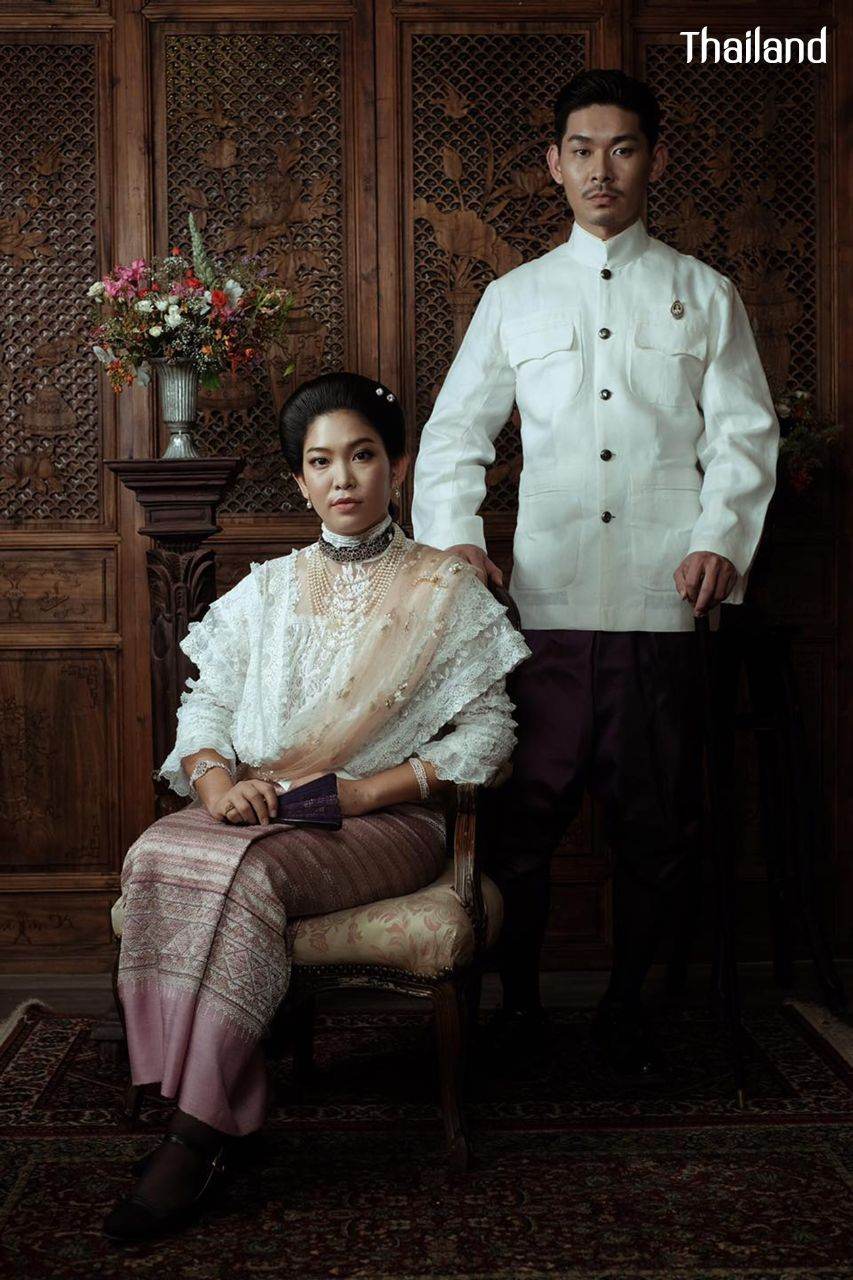
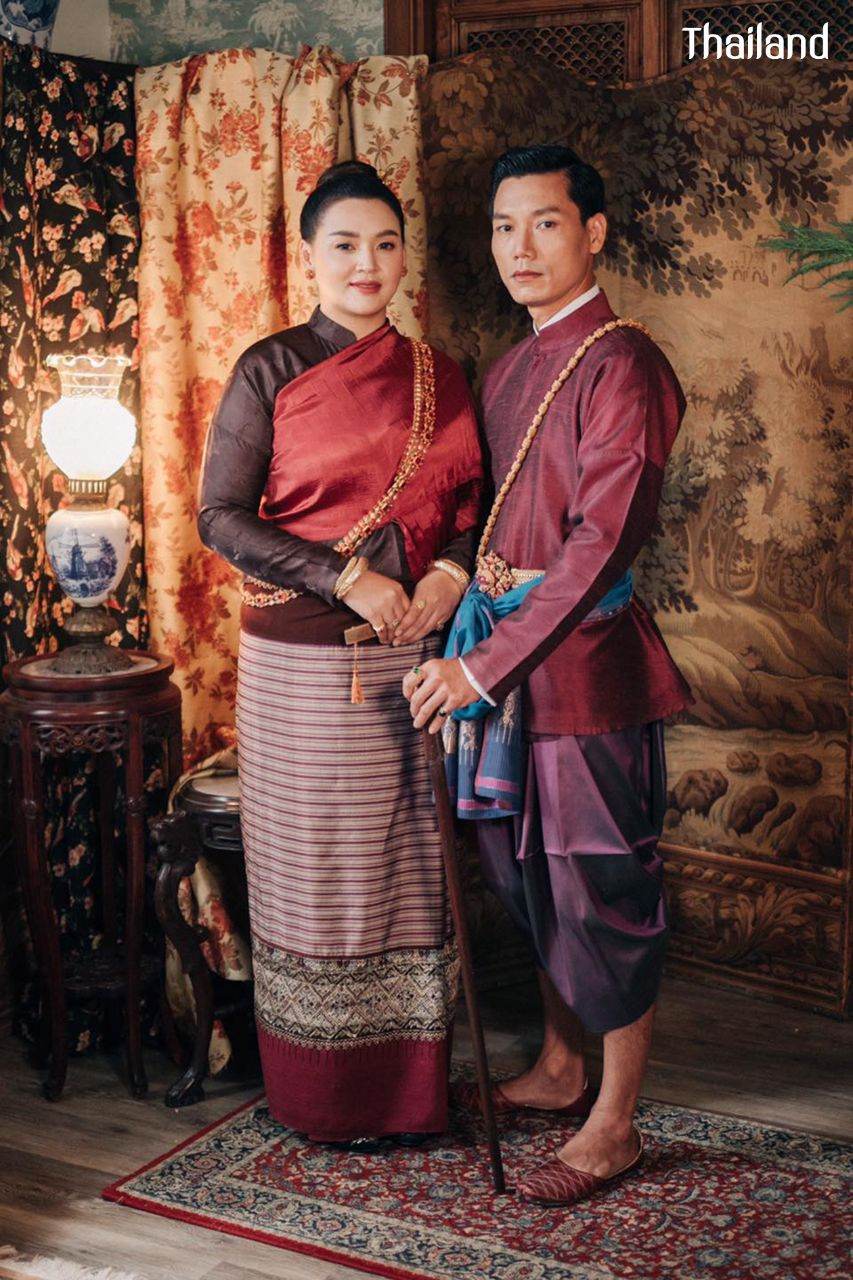
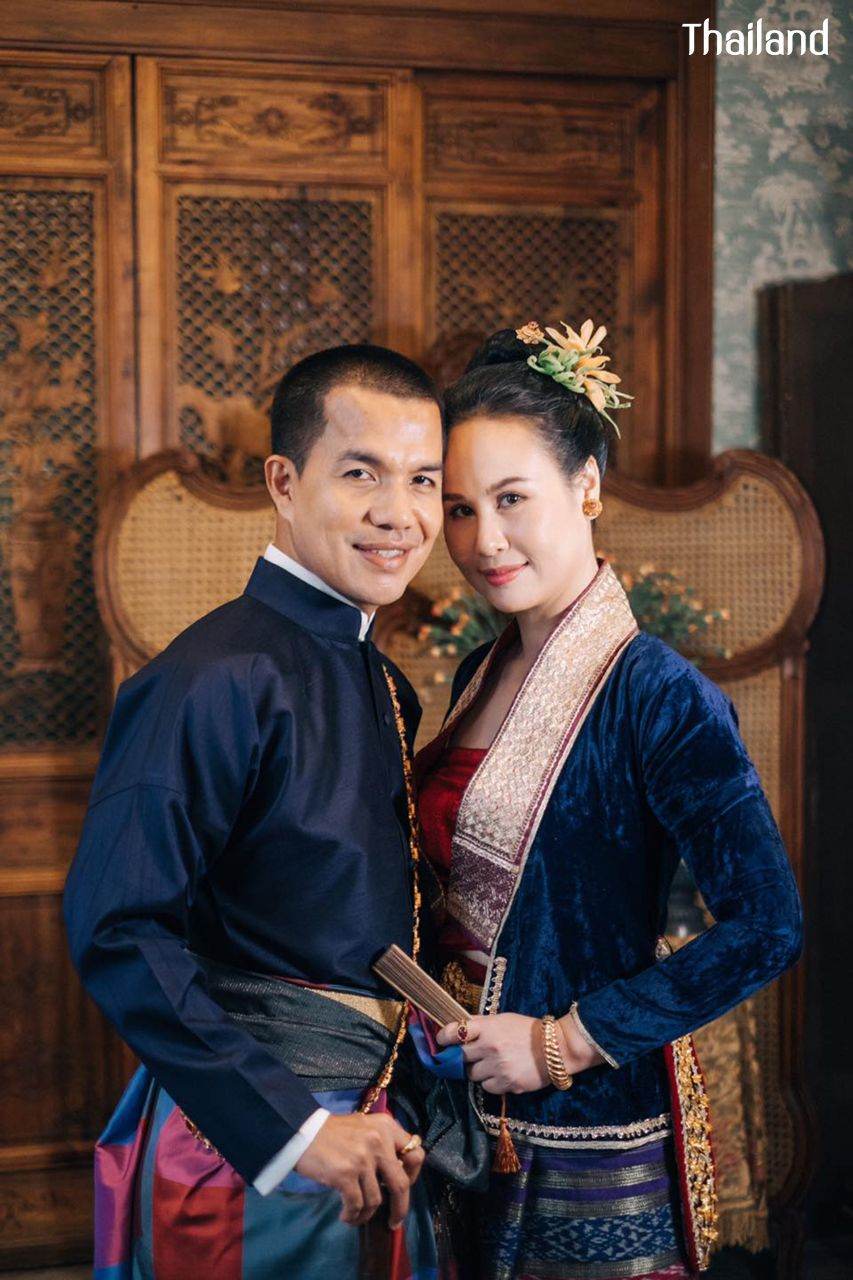
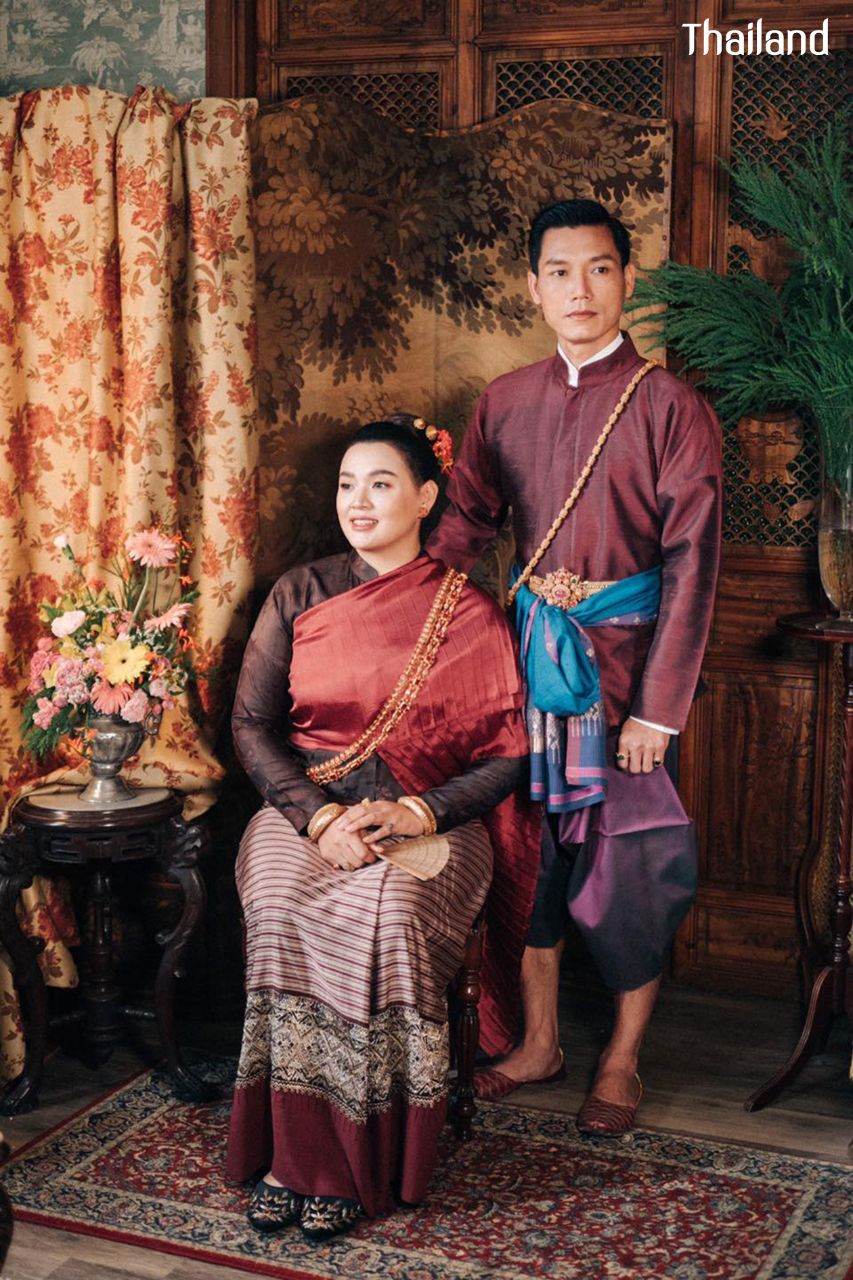
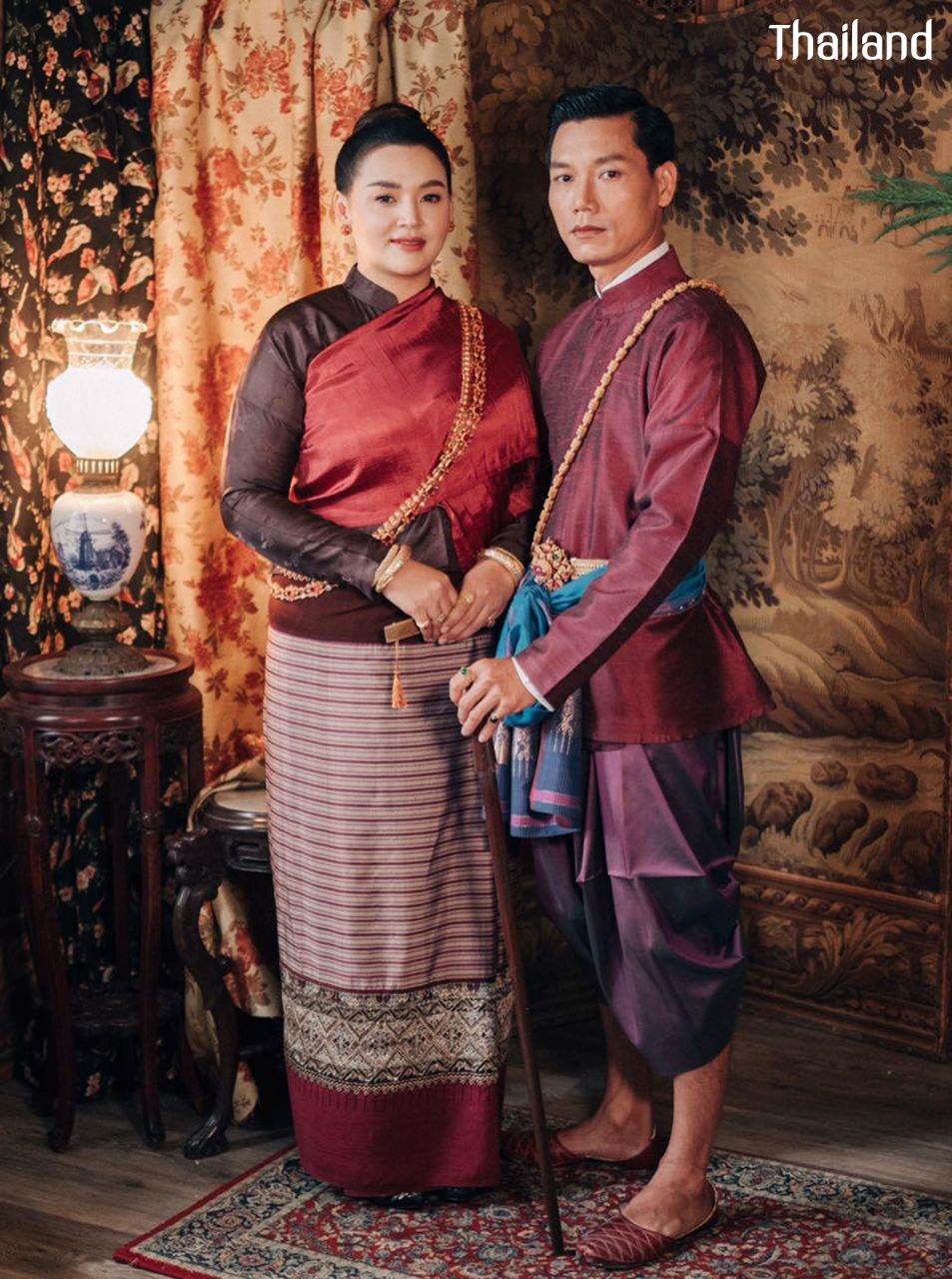
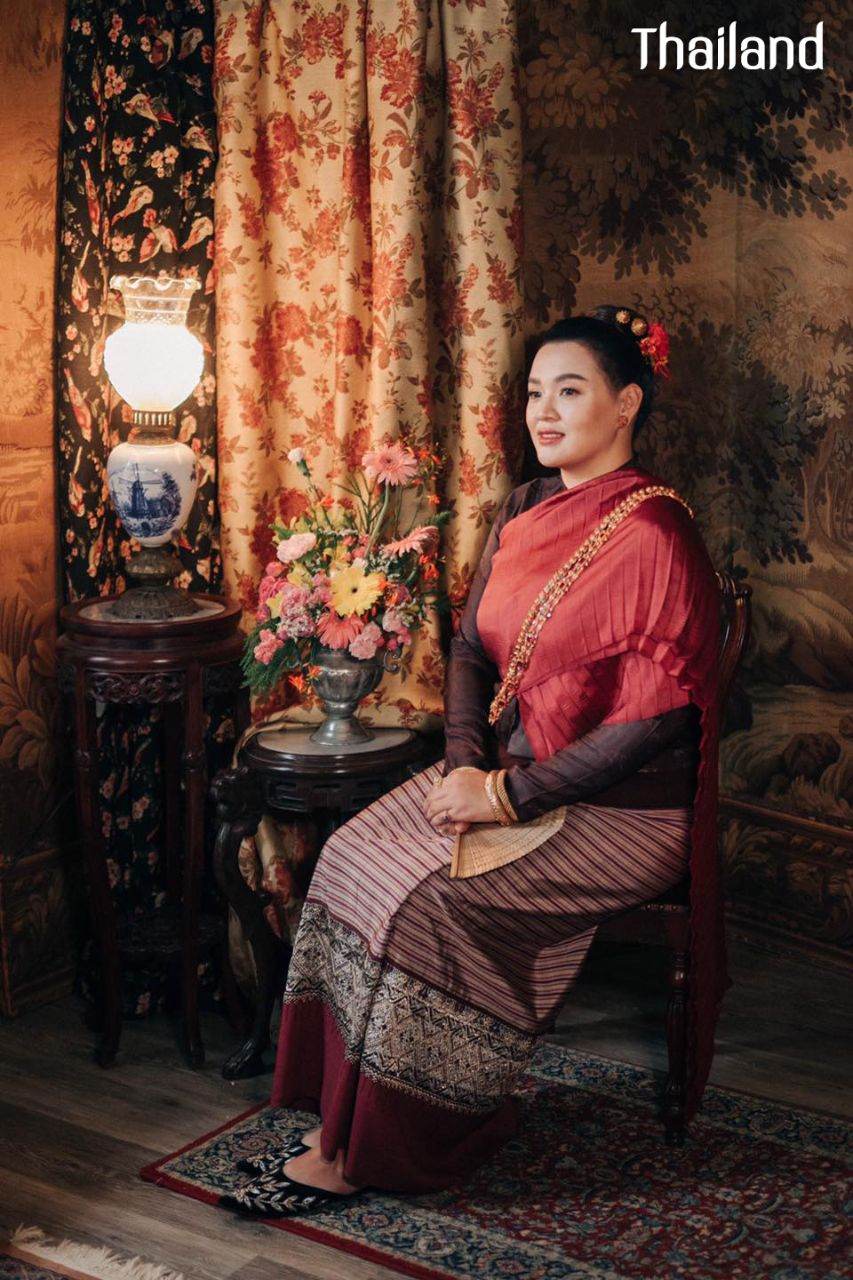
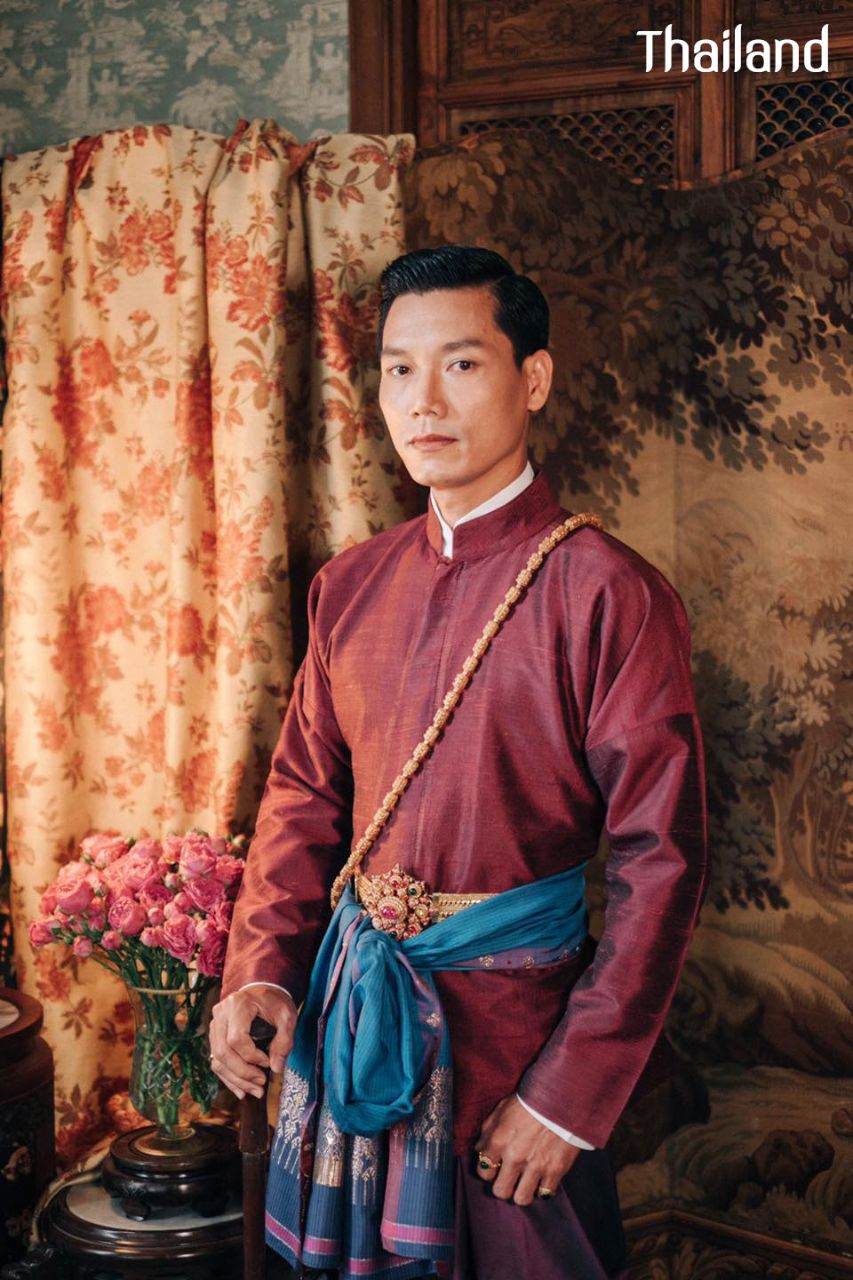
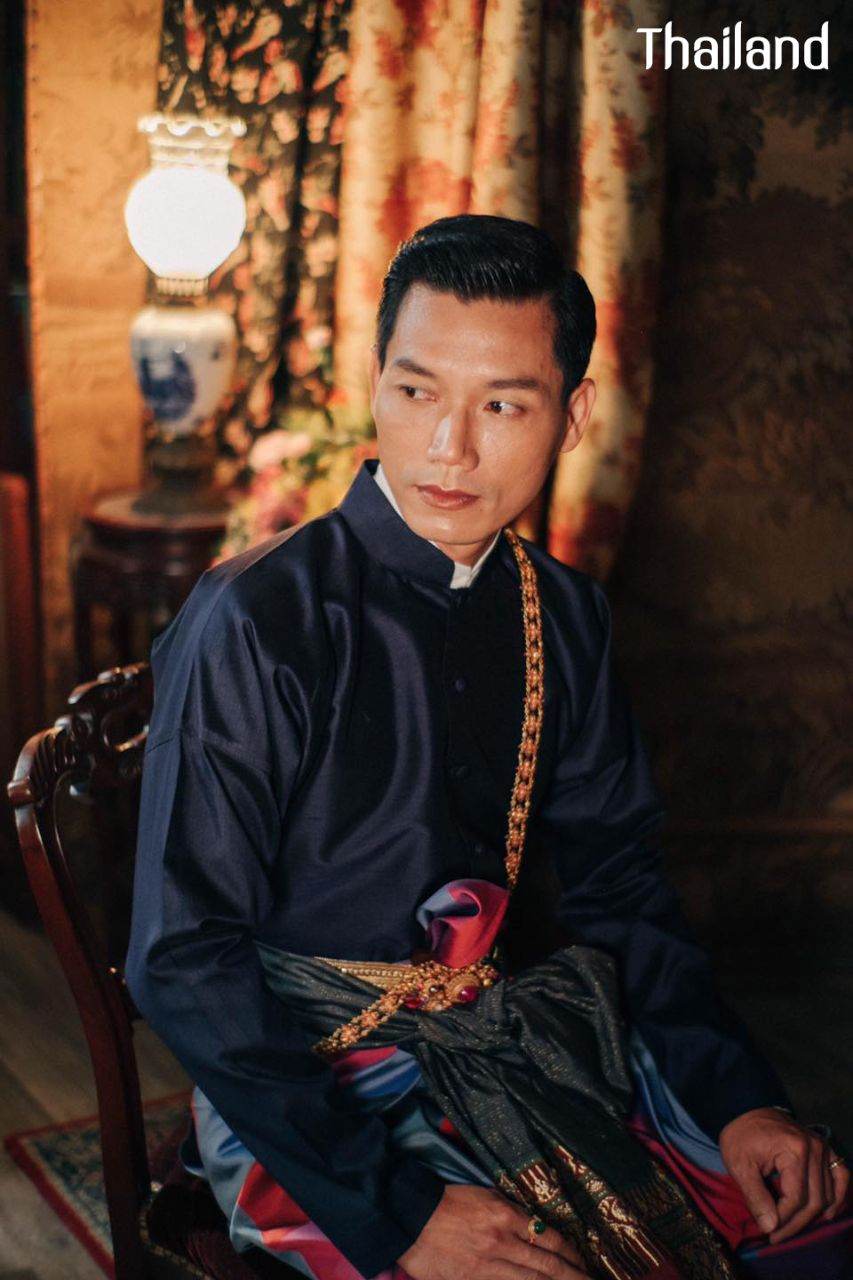
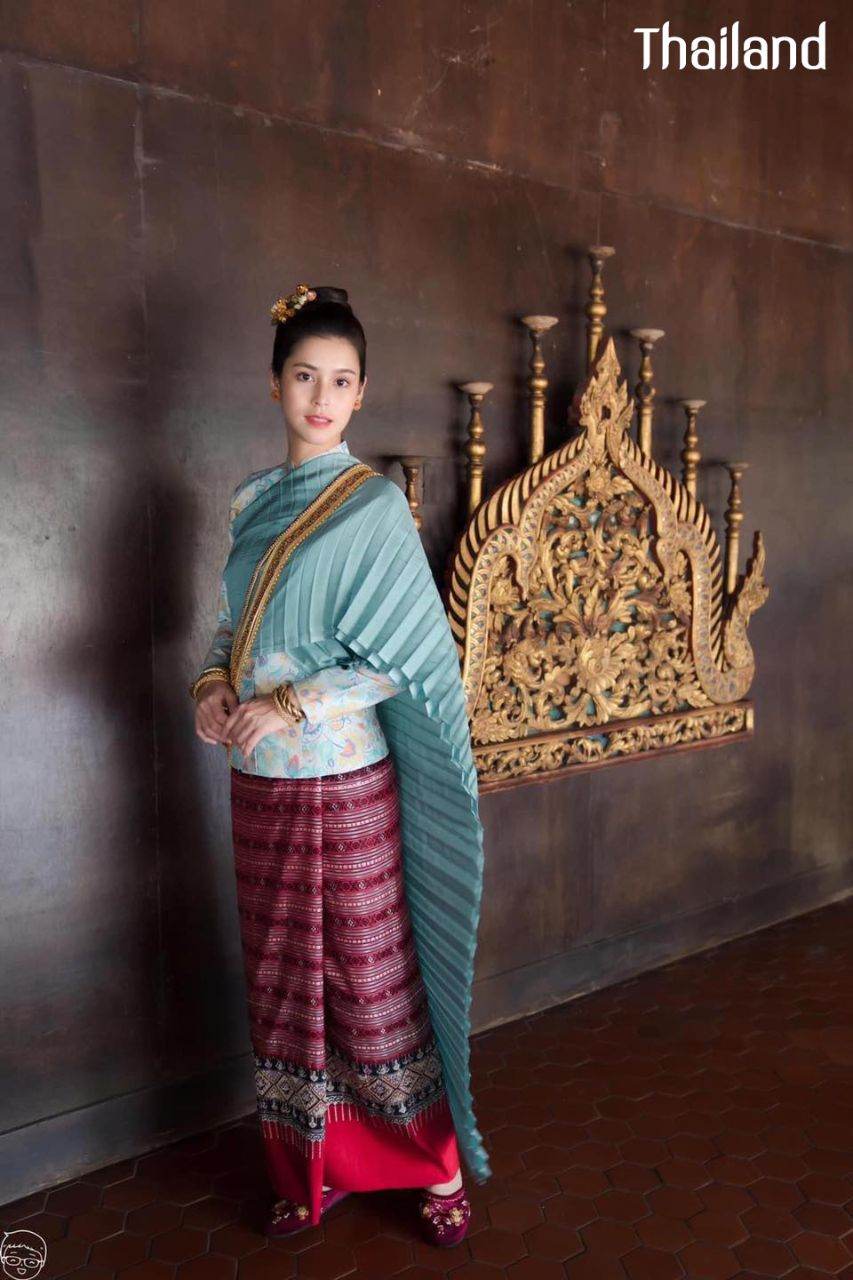
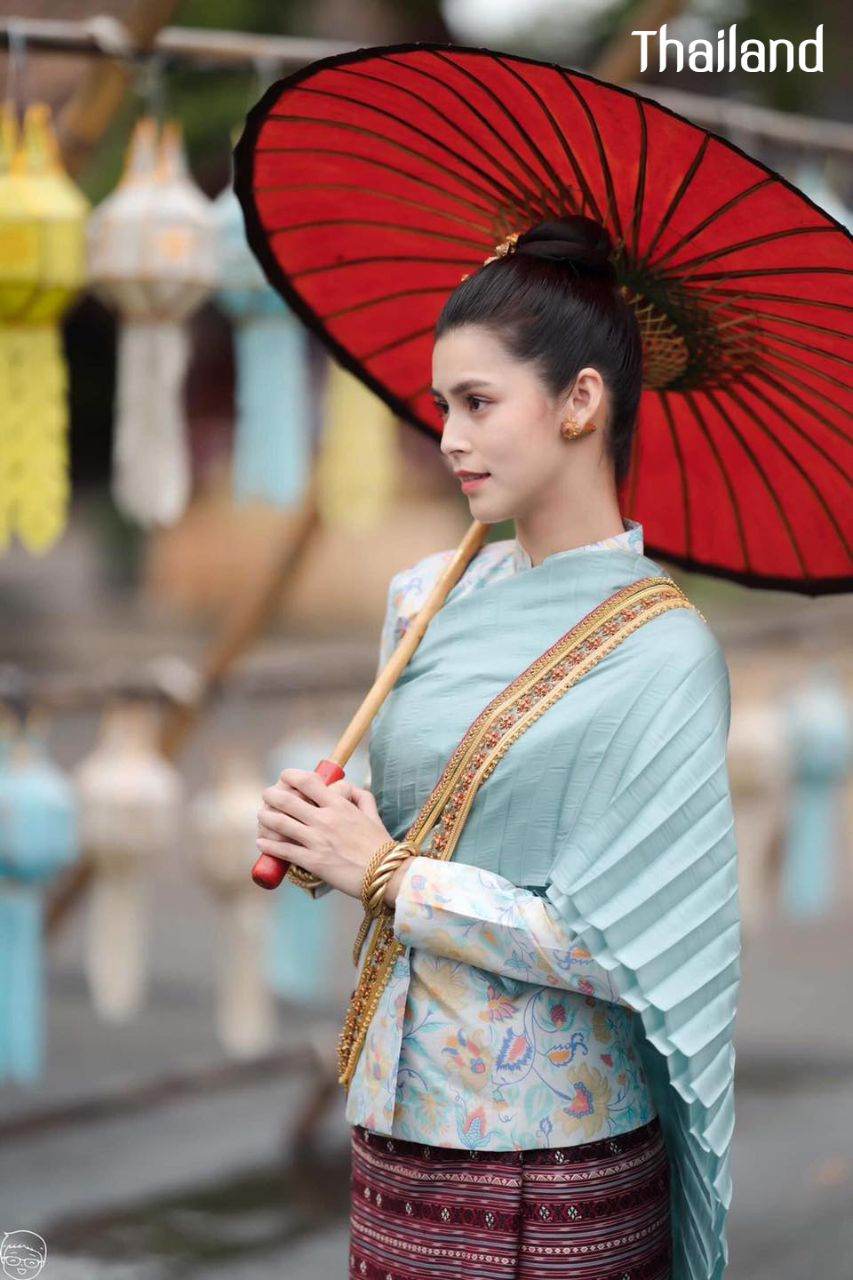
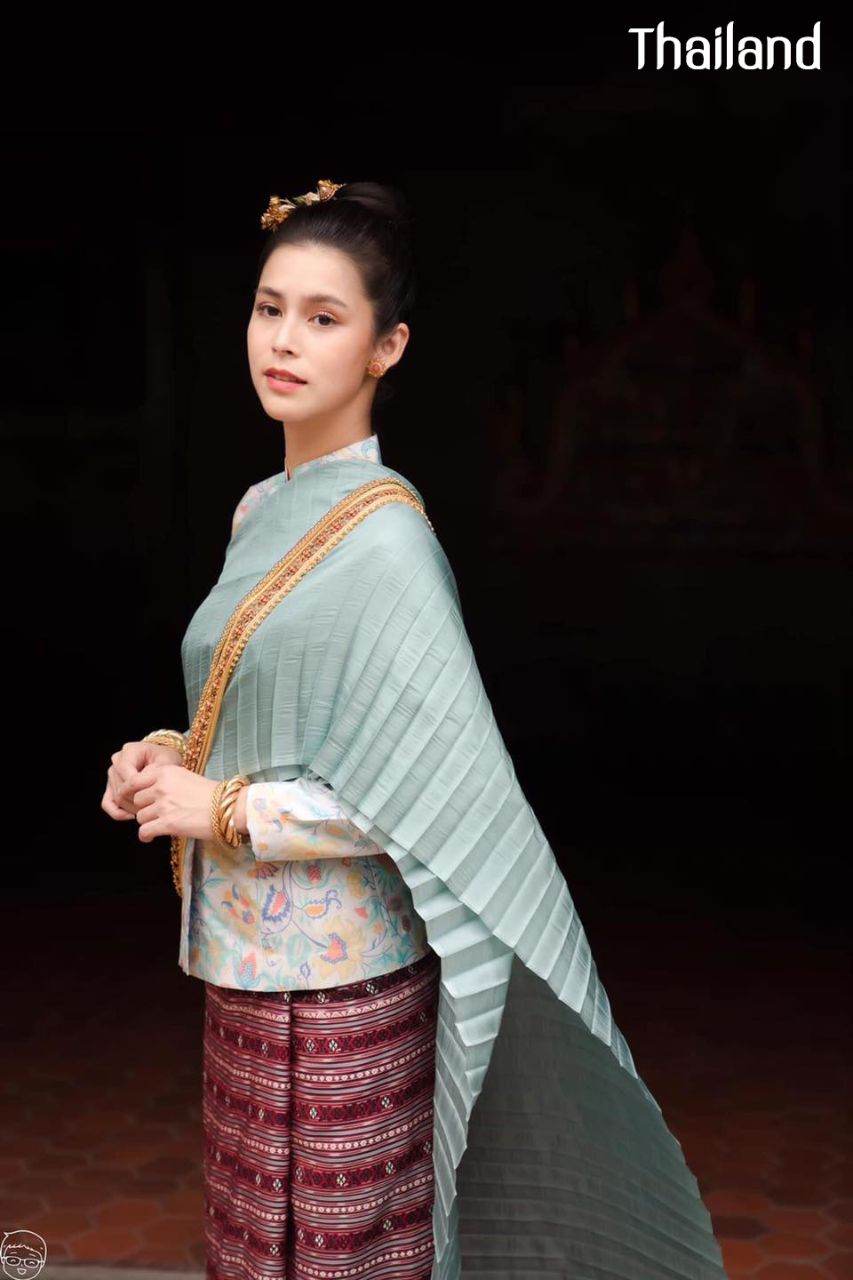
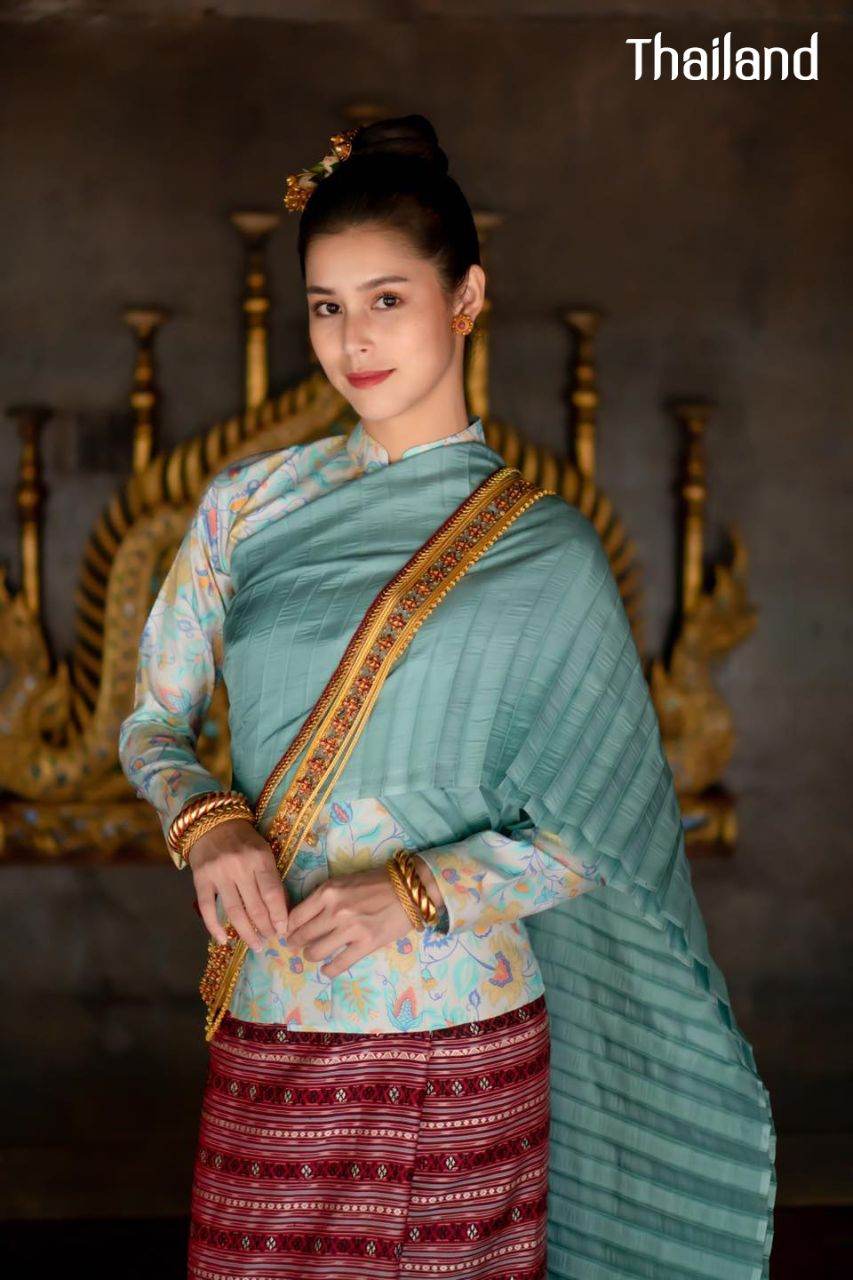
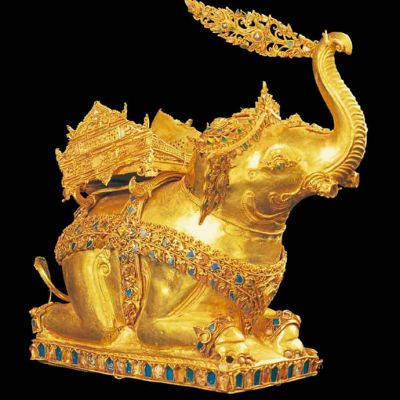 THAILAND 🇹🇭 | The Gold of Wat Ratchaburana, Ayutthaya Kingdom "เครื่องทองอยุธยา มรดกของโลก มรดกของแผ่นดิน"
THAILAND 🇹🇭 | The Gold of Wat Ratchaburana, Ayutthaya Kingdom "เครื่องทองอยุธยา มรดกของโลก มรดกของแผ่นดิน"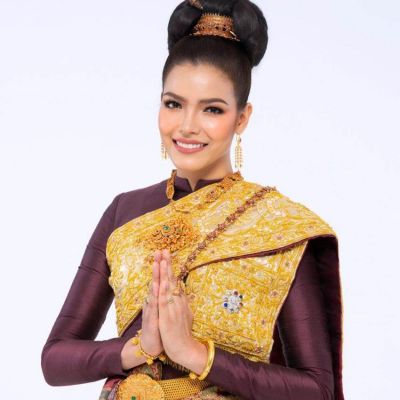 THAI DRESS, ชุดไทย: THAI NATIONAL COSTUME | THAILAND 🇹🇭
THAI DRESS, ชุดไทย: THAI NATIONAL COSTUME | THAILAND 🇹🇭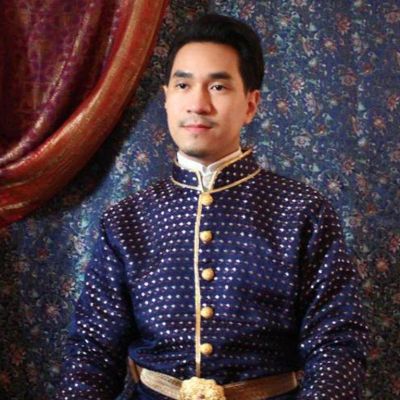 "ລາວ" Lao traditional dress | LAOS 🇱🇦
"ລາວ" Lao traditional dress | LAOS 🇱🇦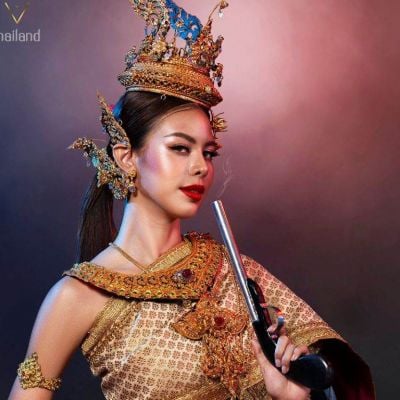 Nang Songkran 2022: Kirinee Devi or Kankinee Devi | THAILAND 🇹🇭
Nang Songkran 2022: Kirinee Devi or Kankinee Devi | THAILAND 🇹🇭